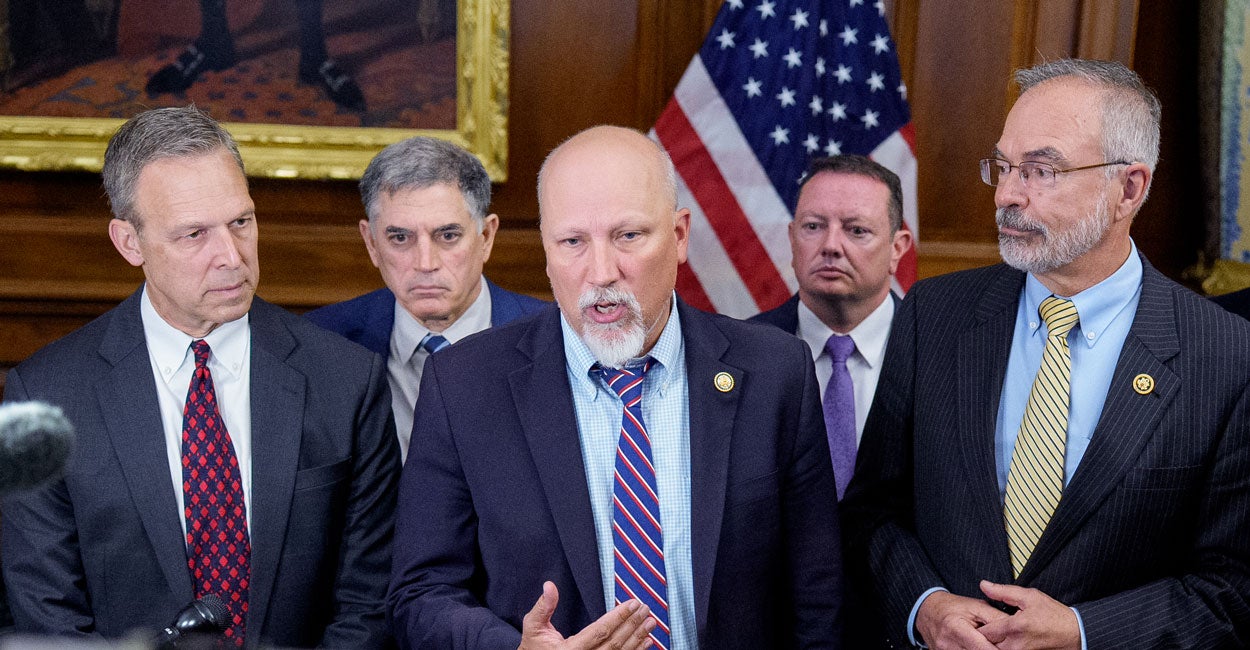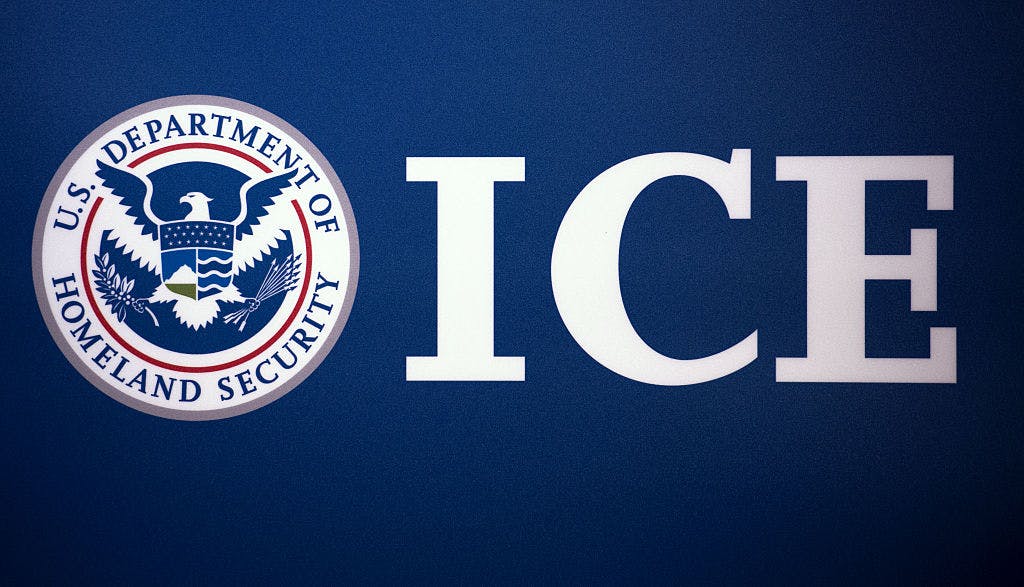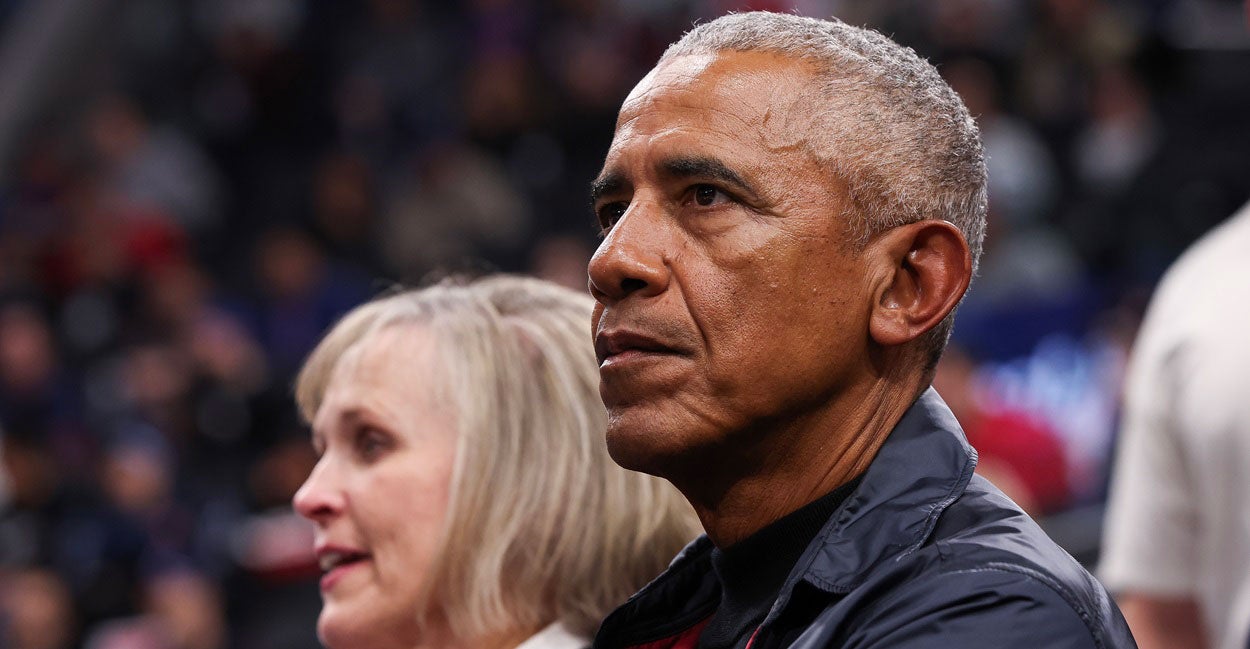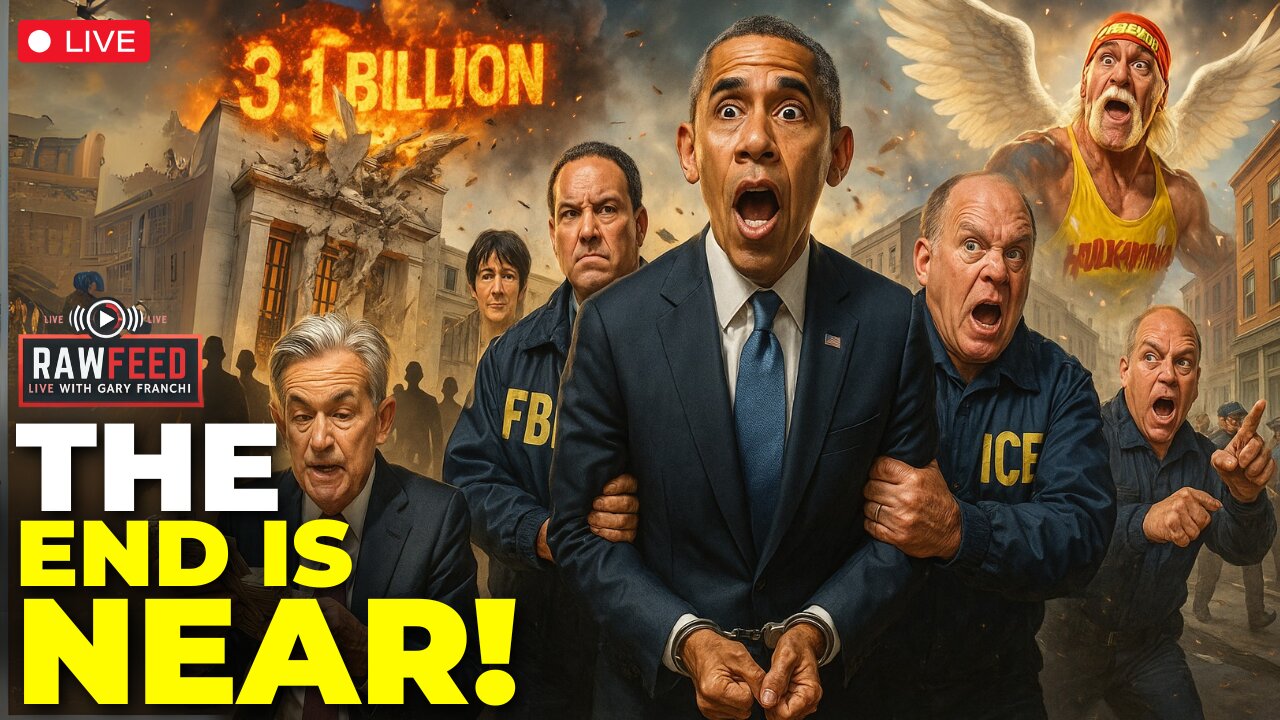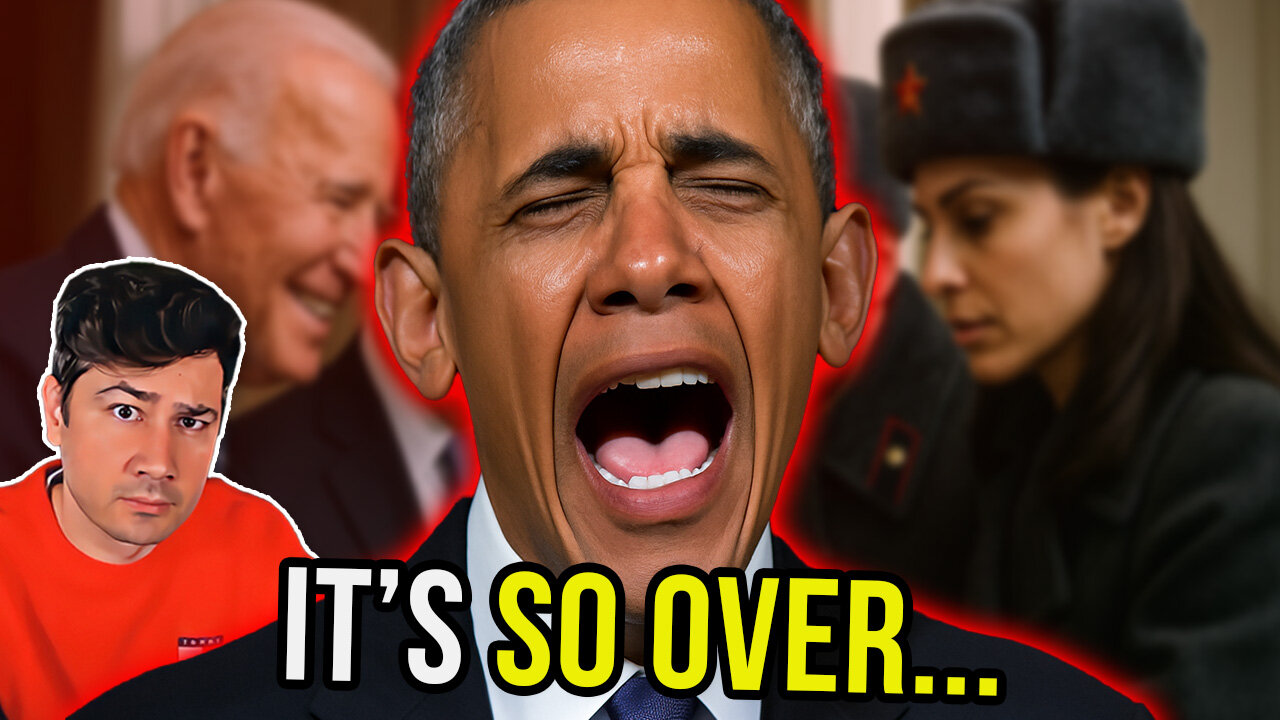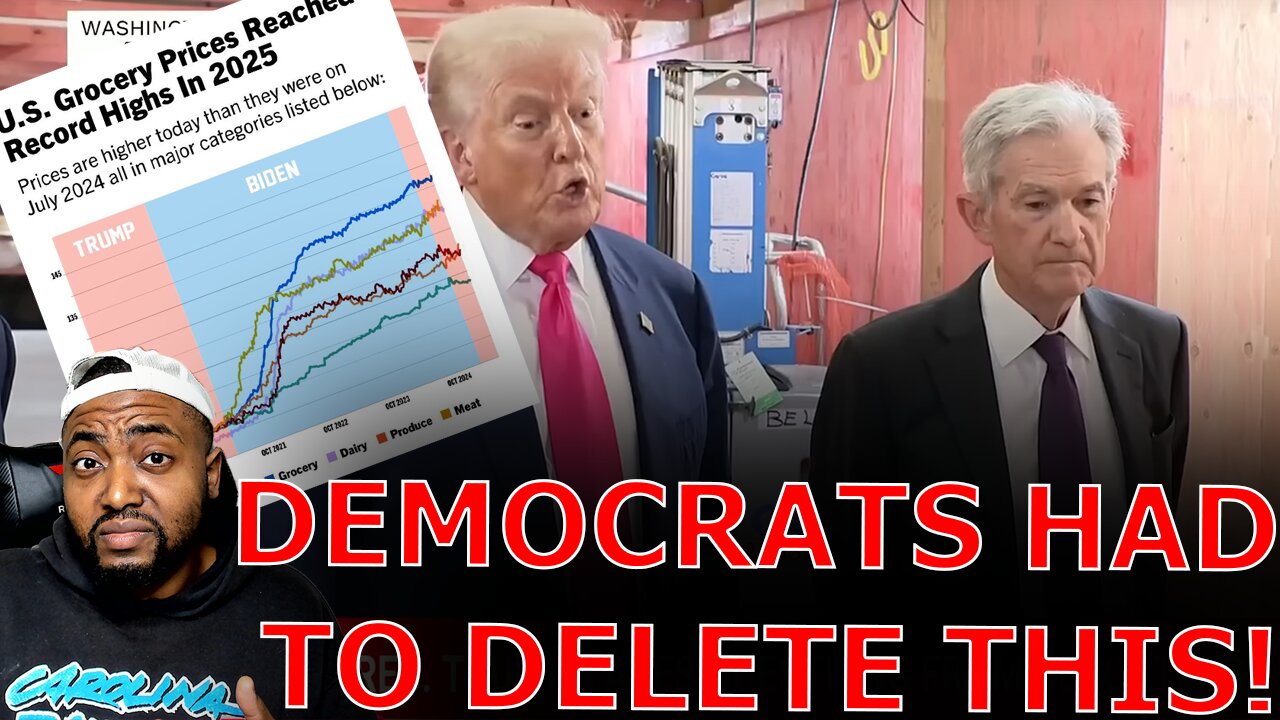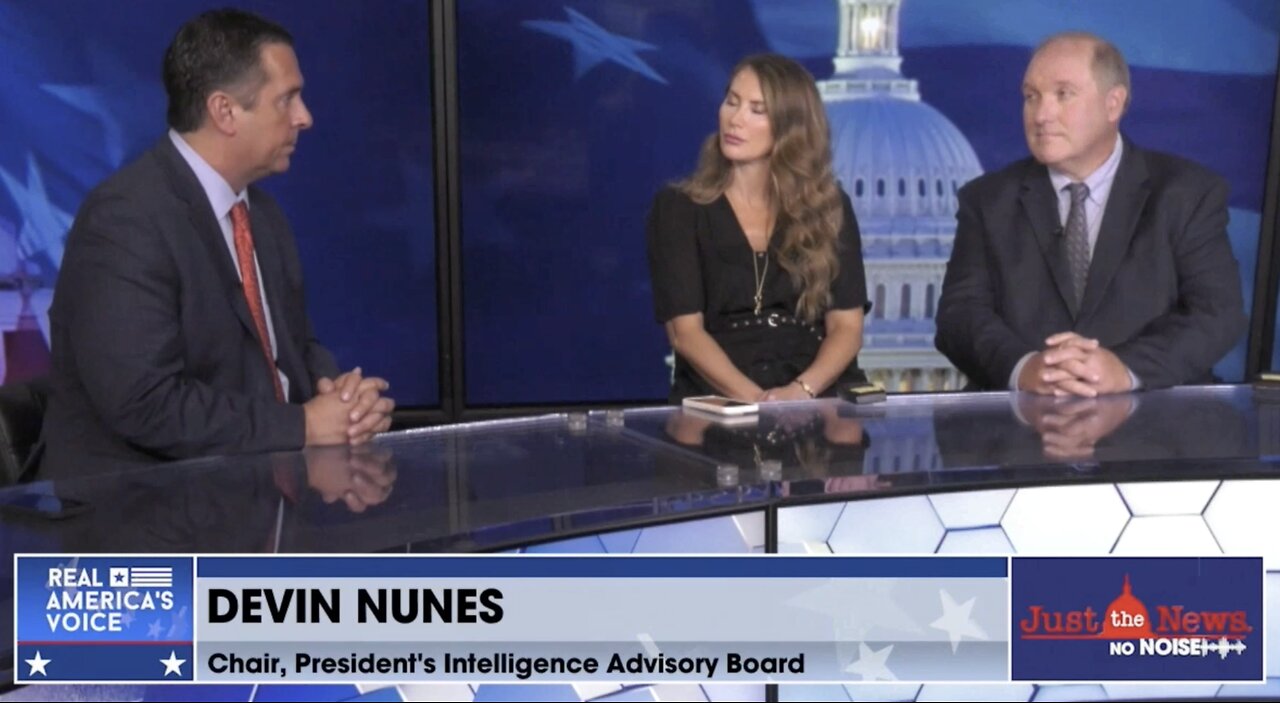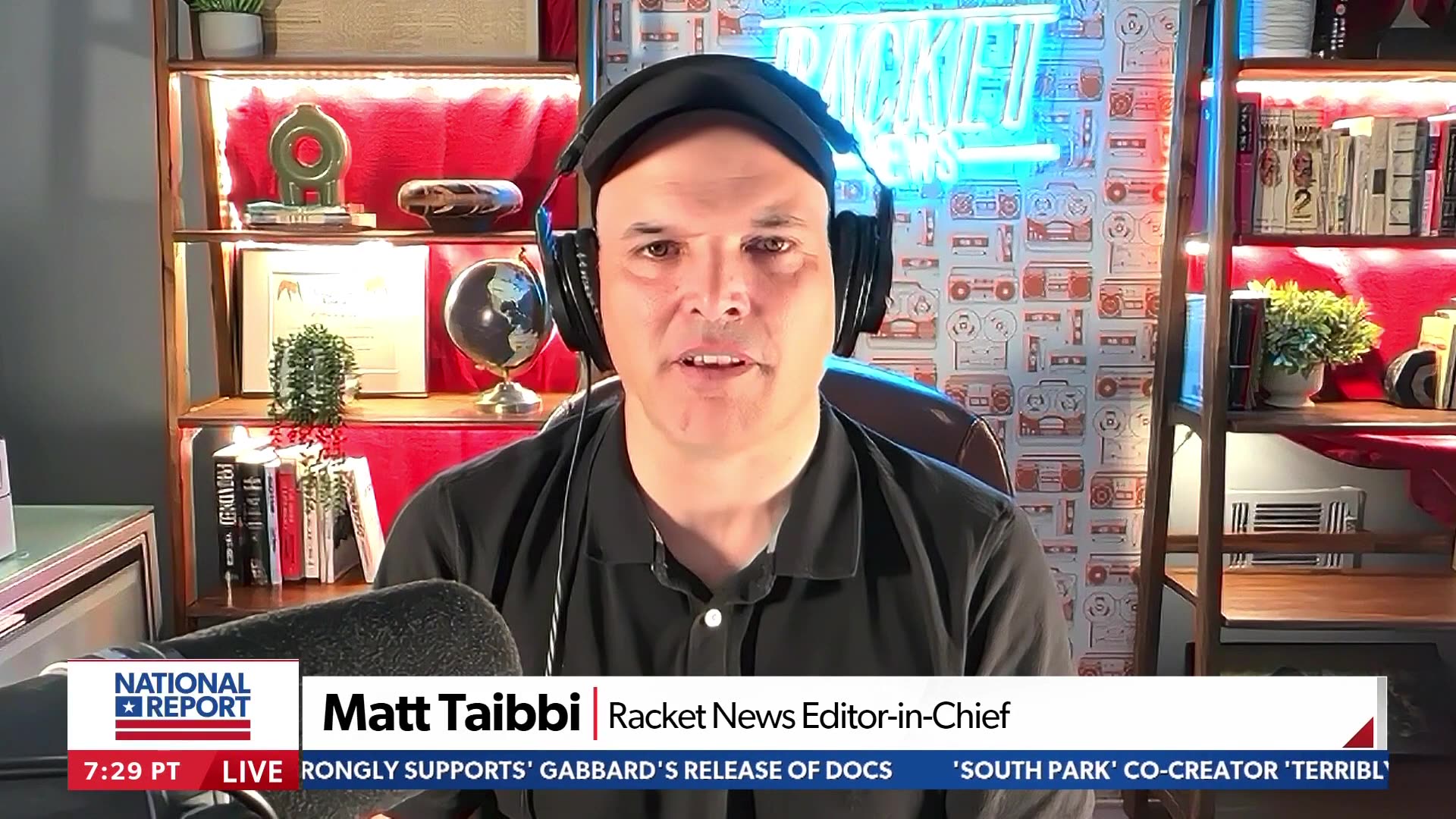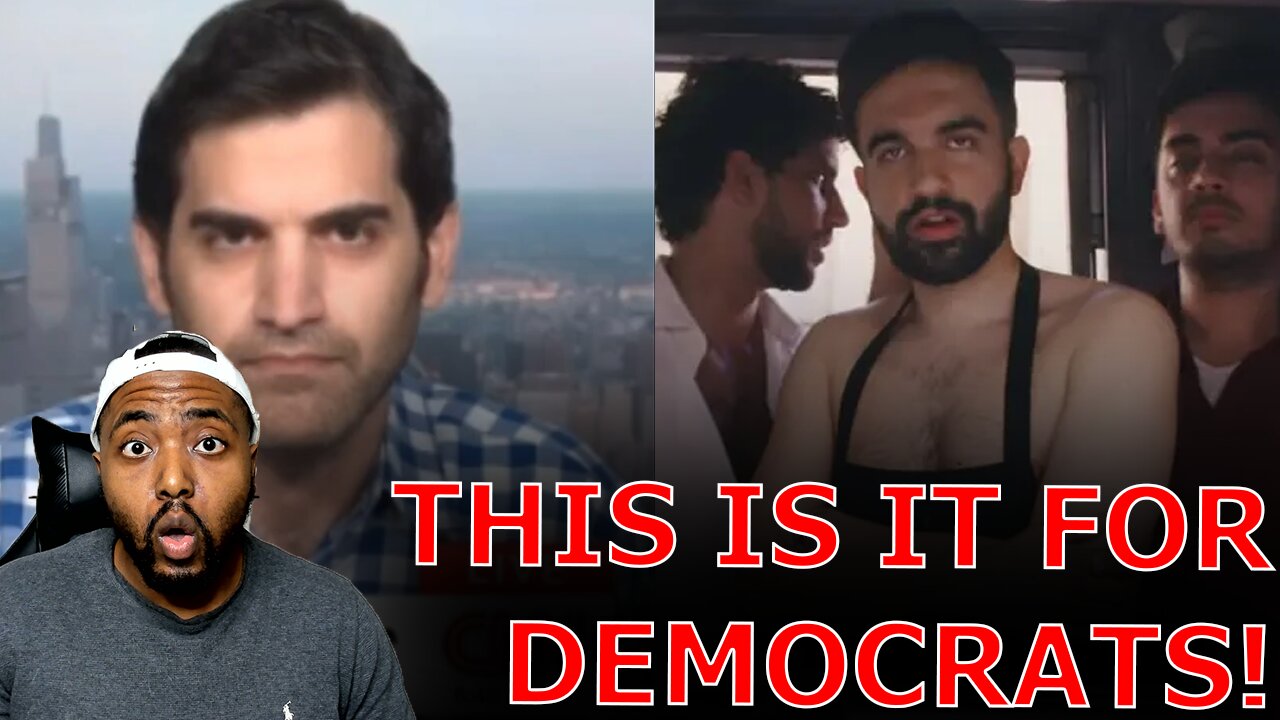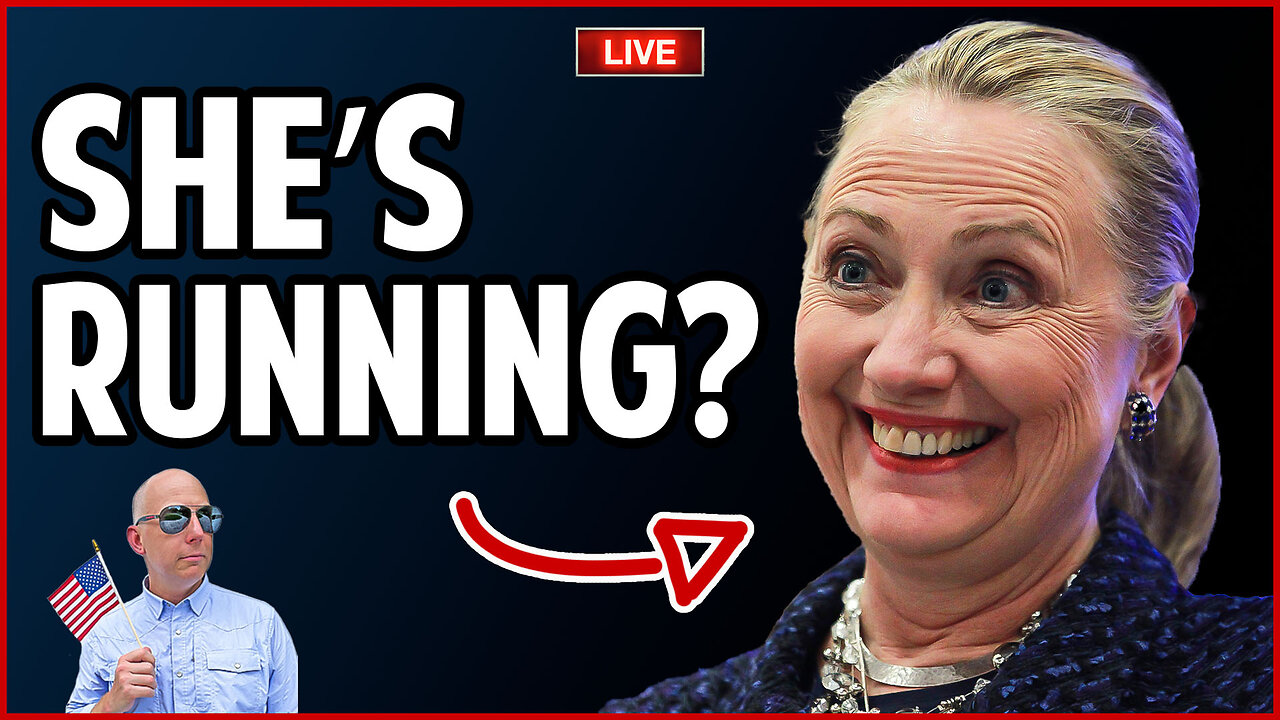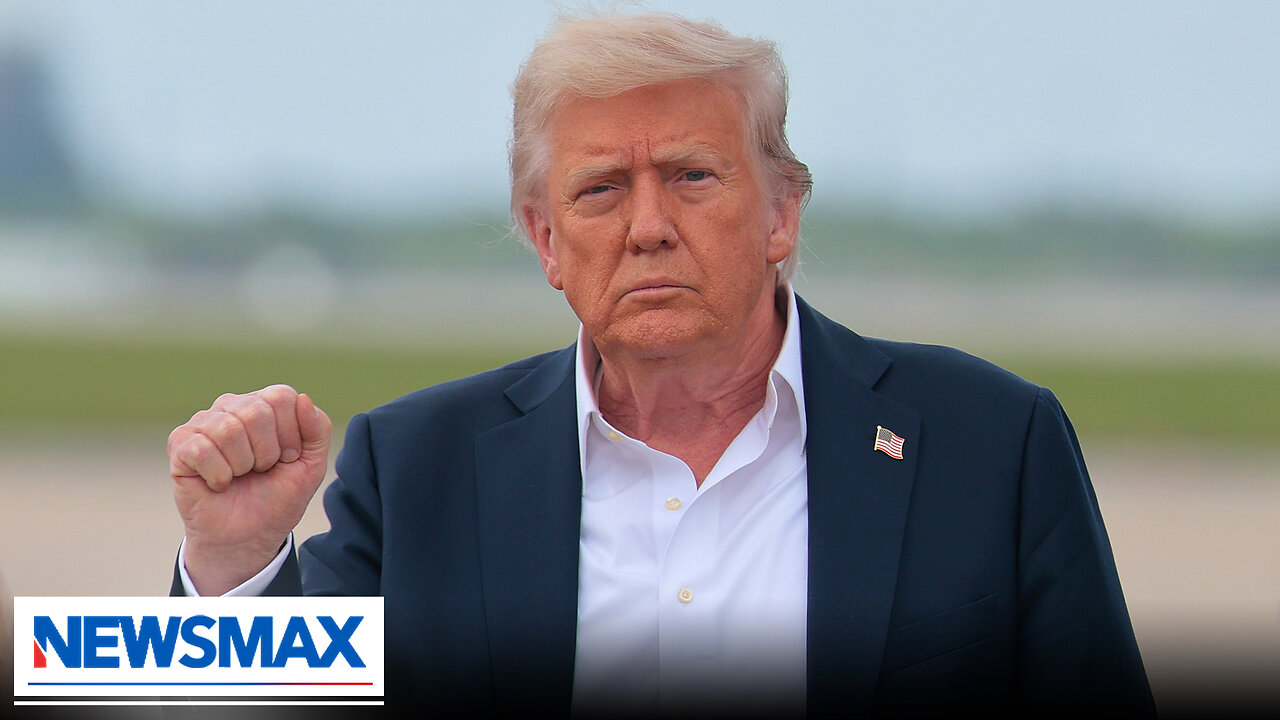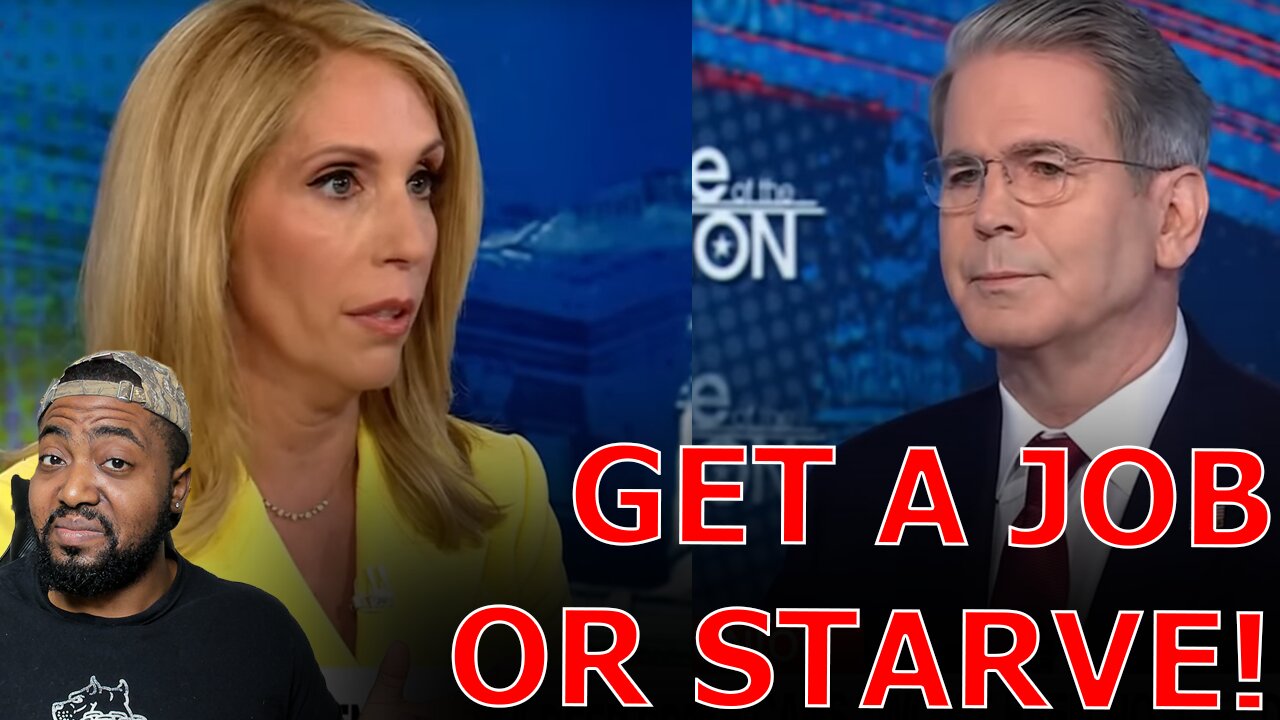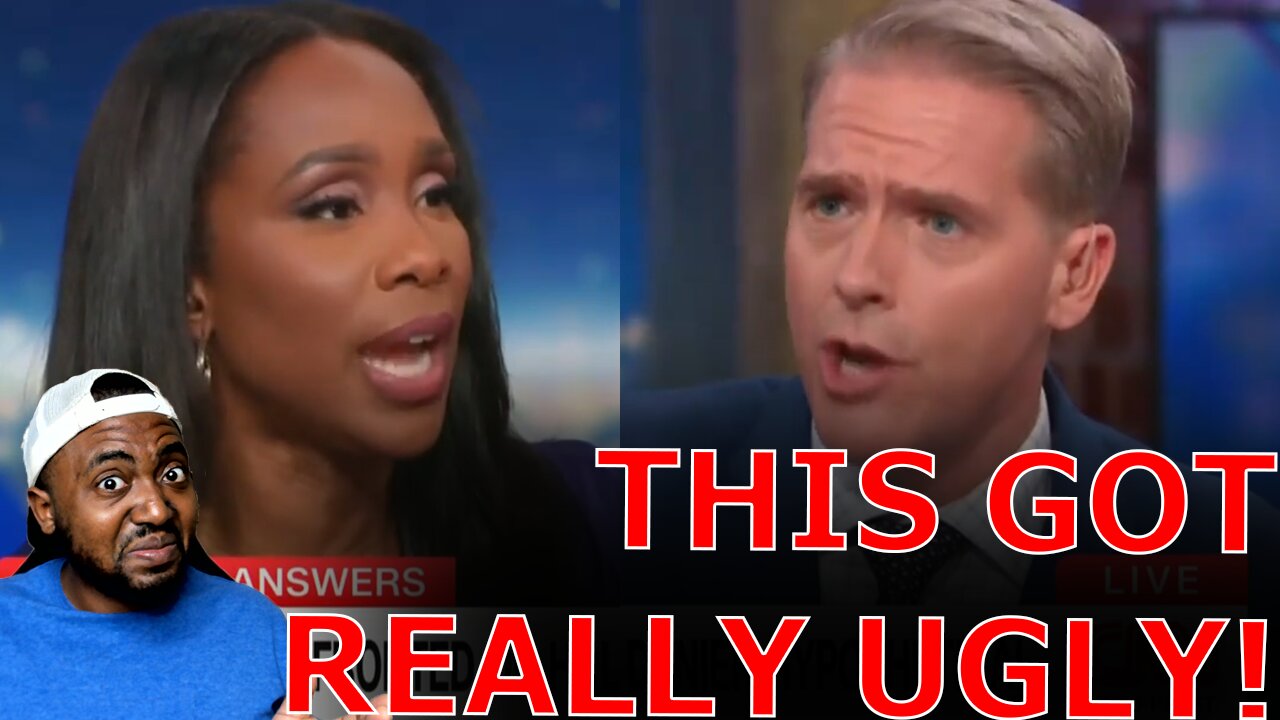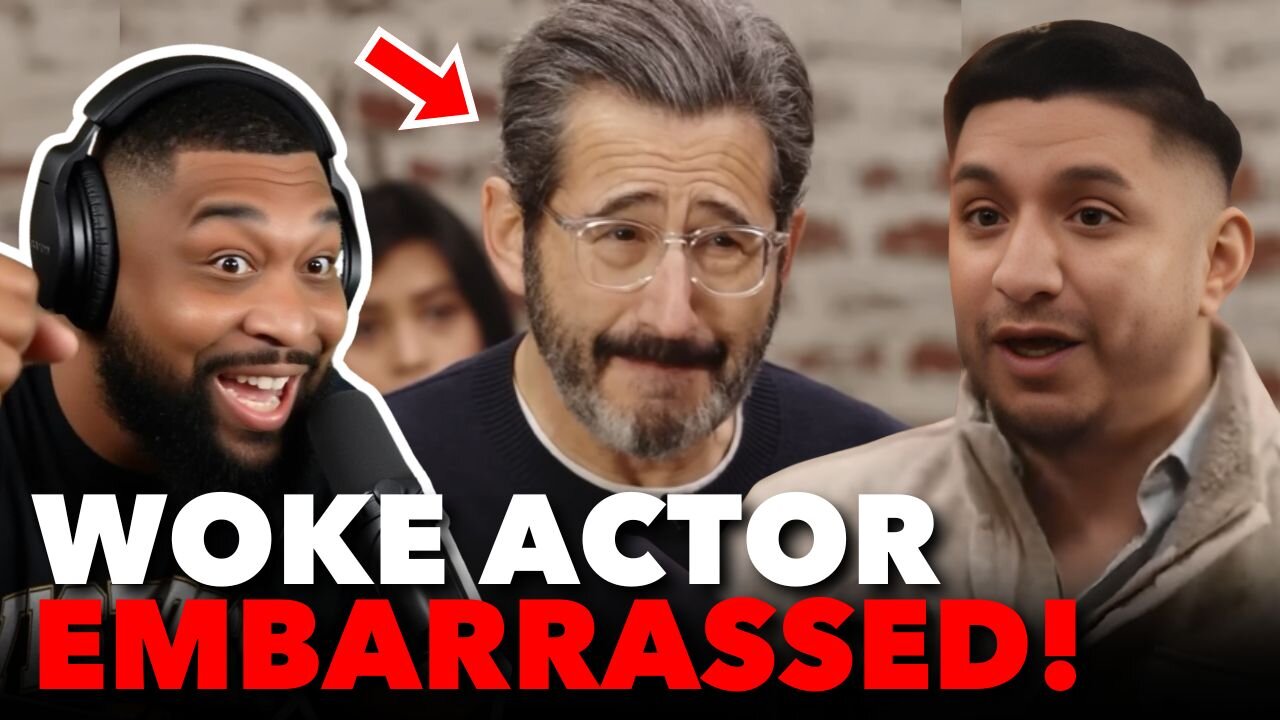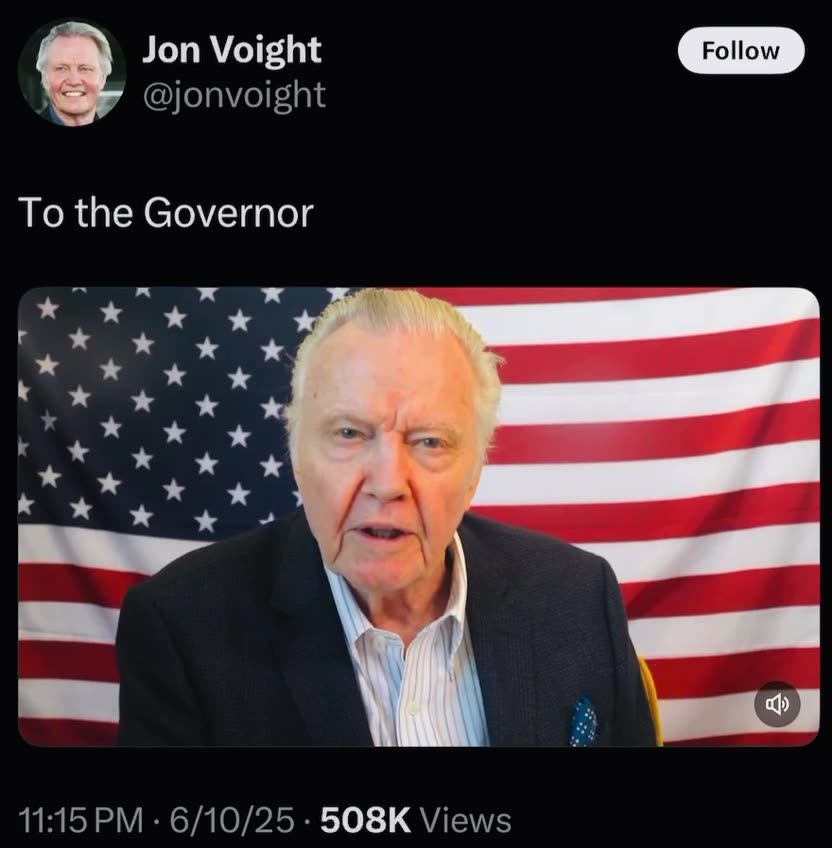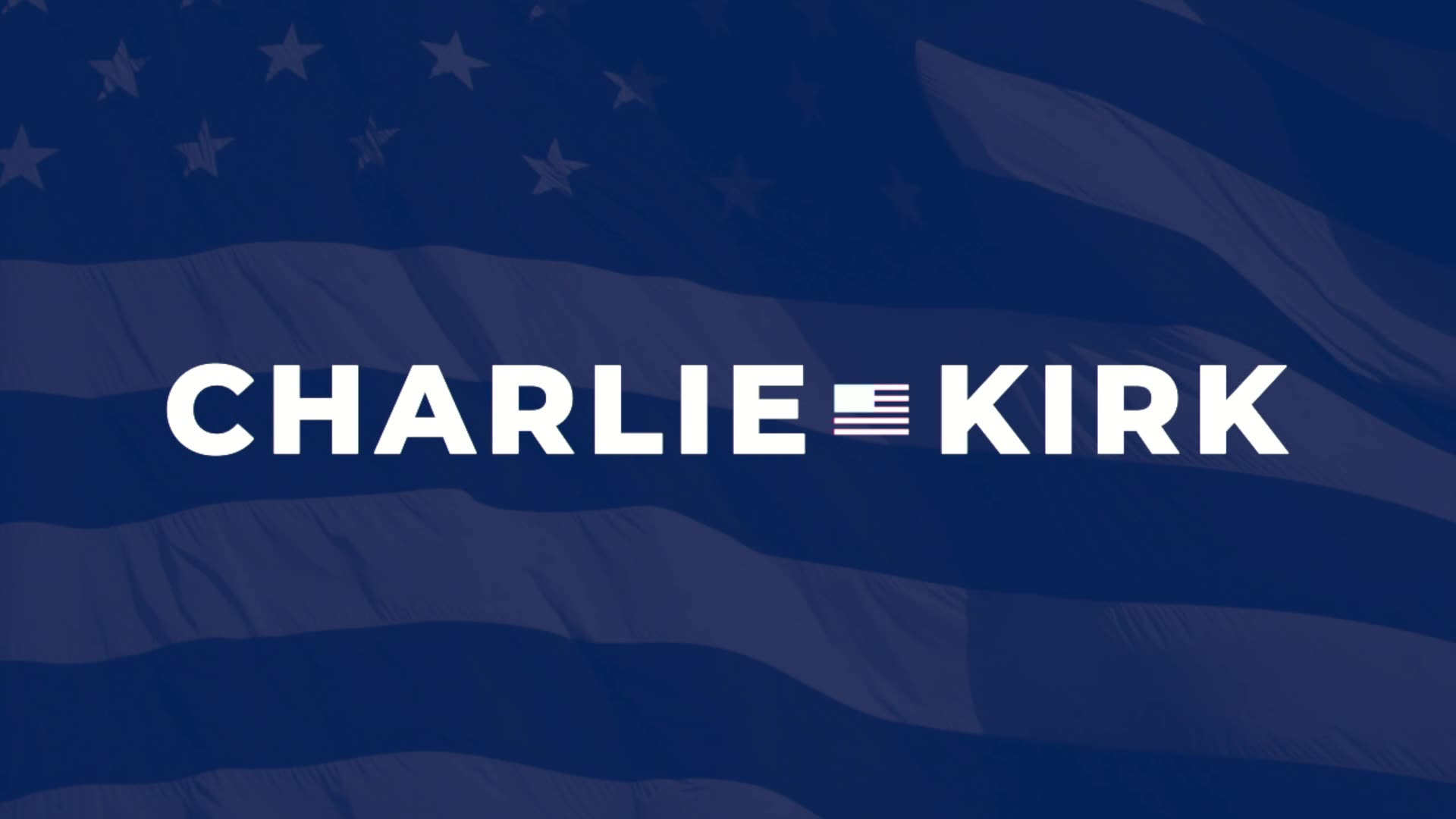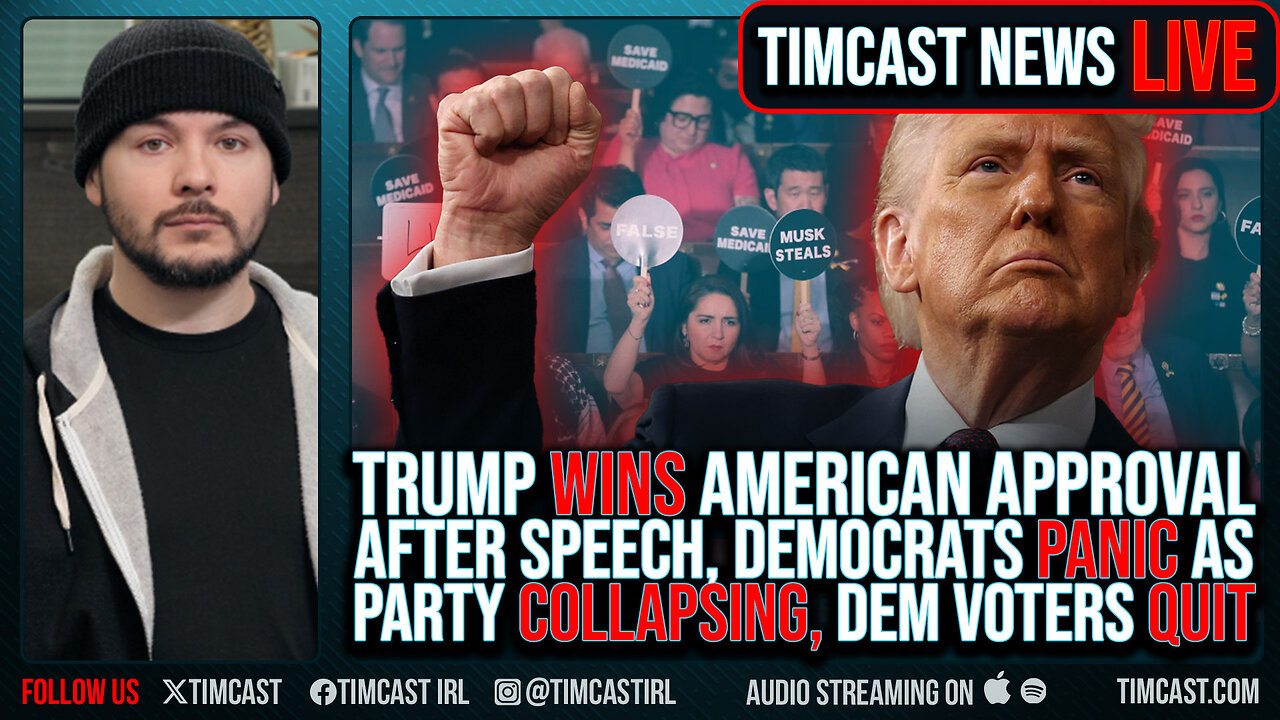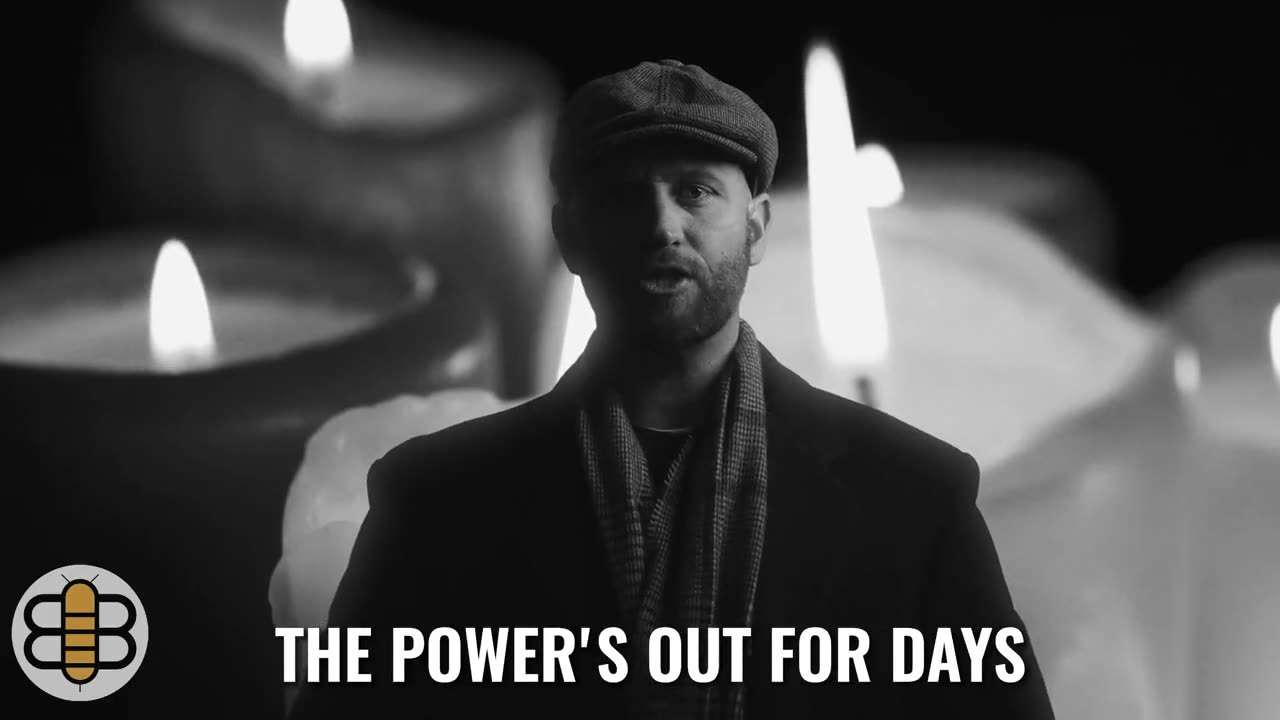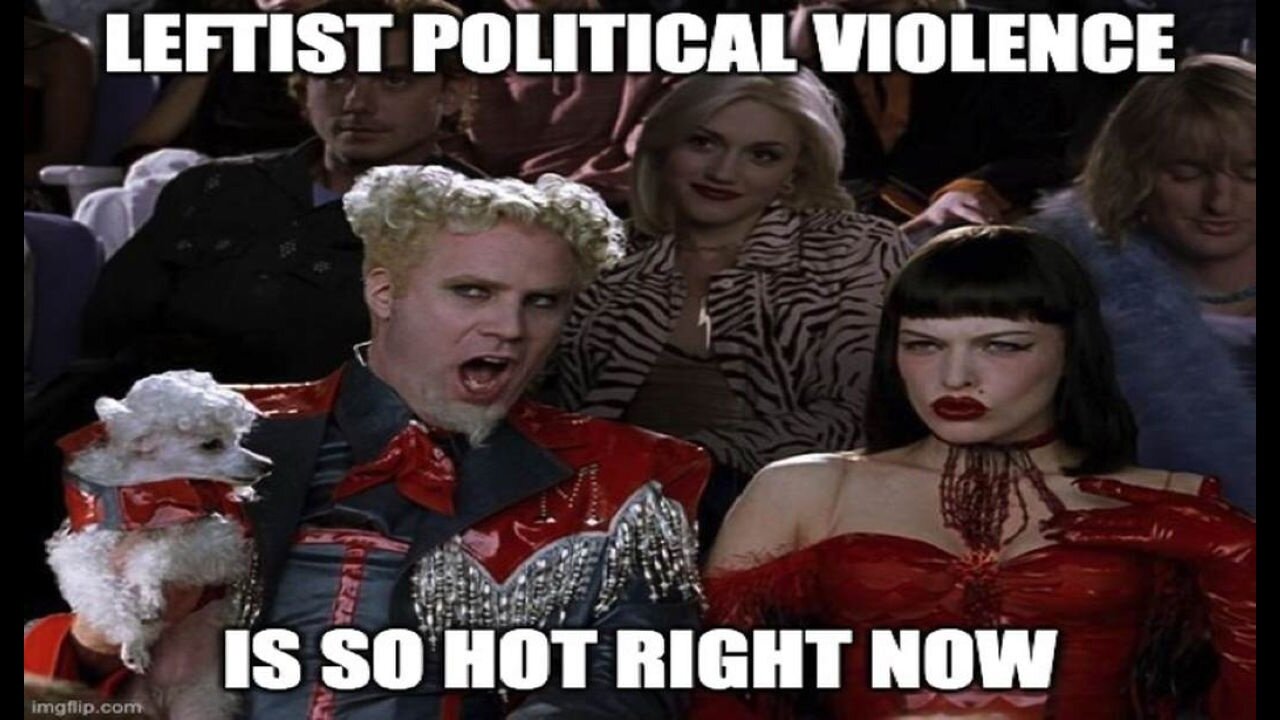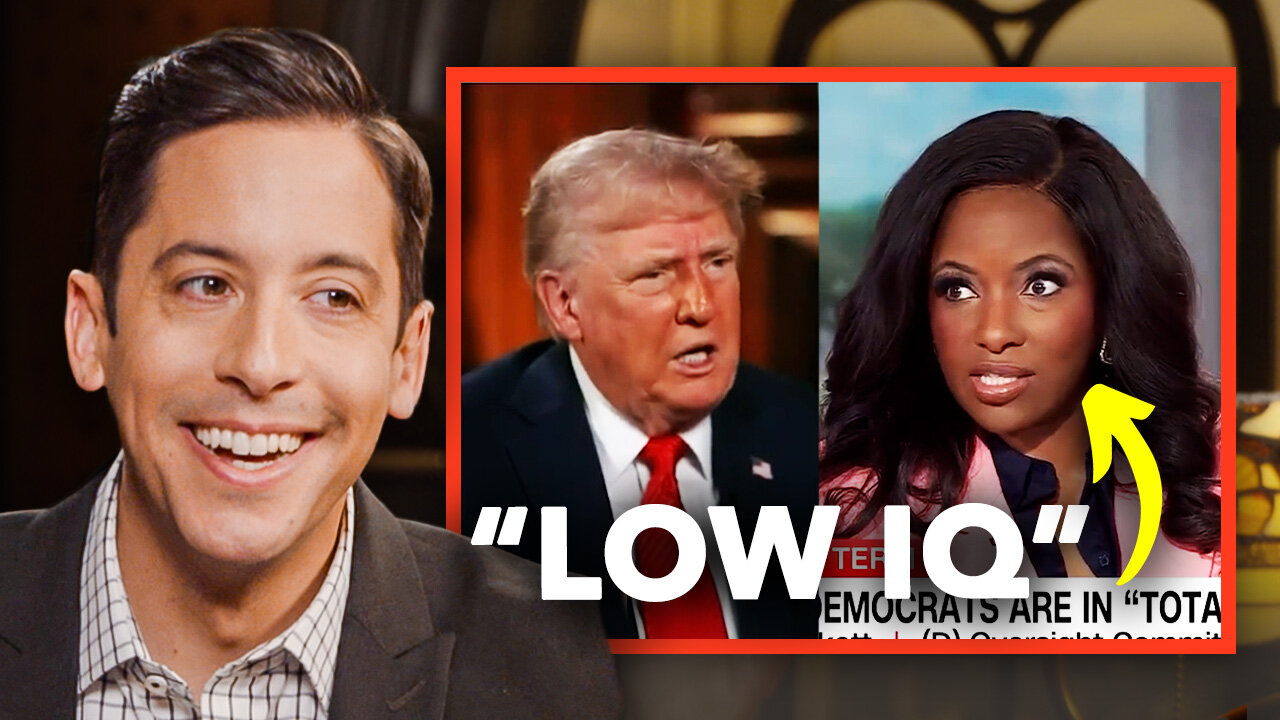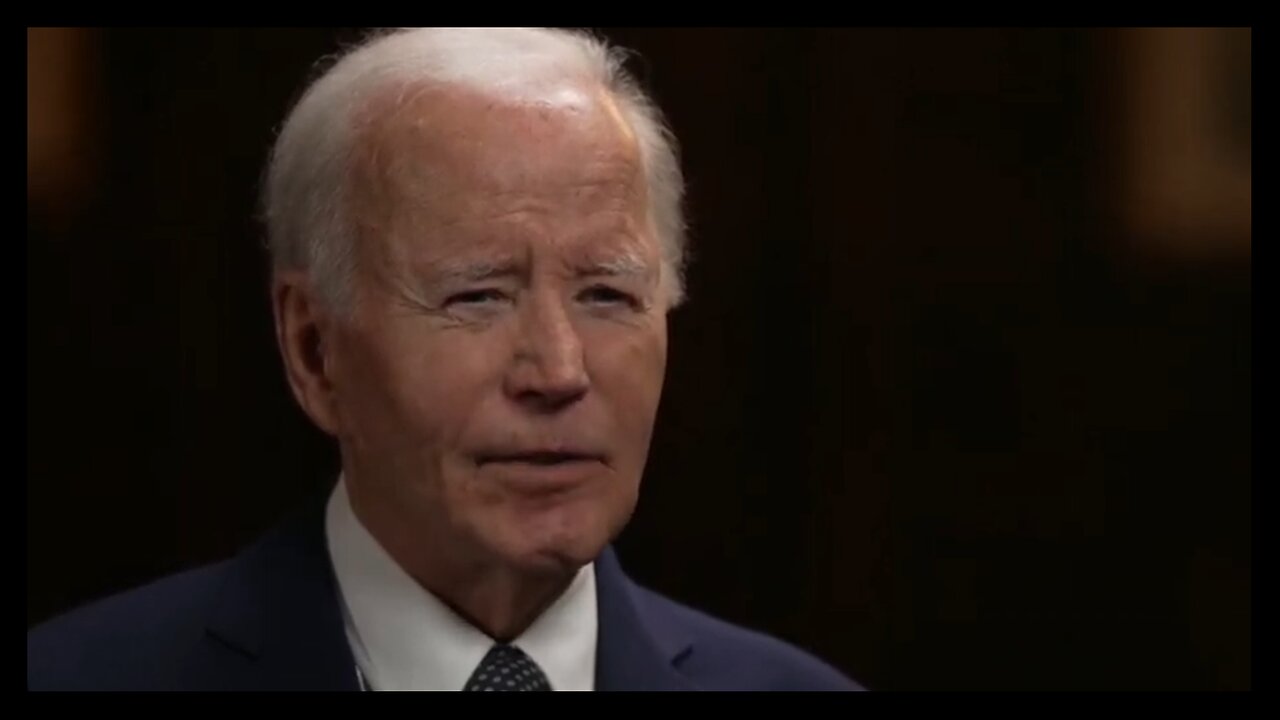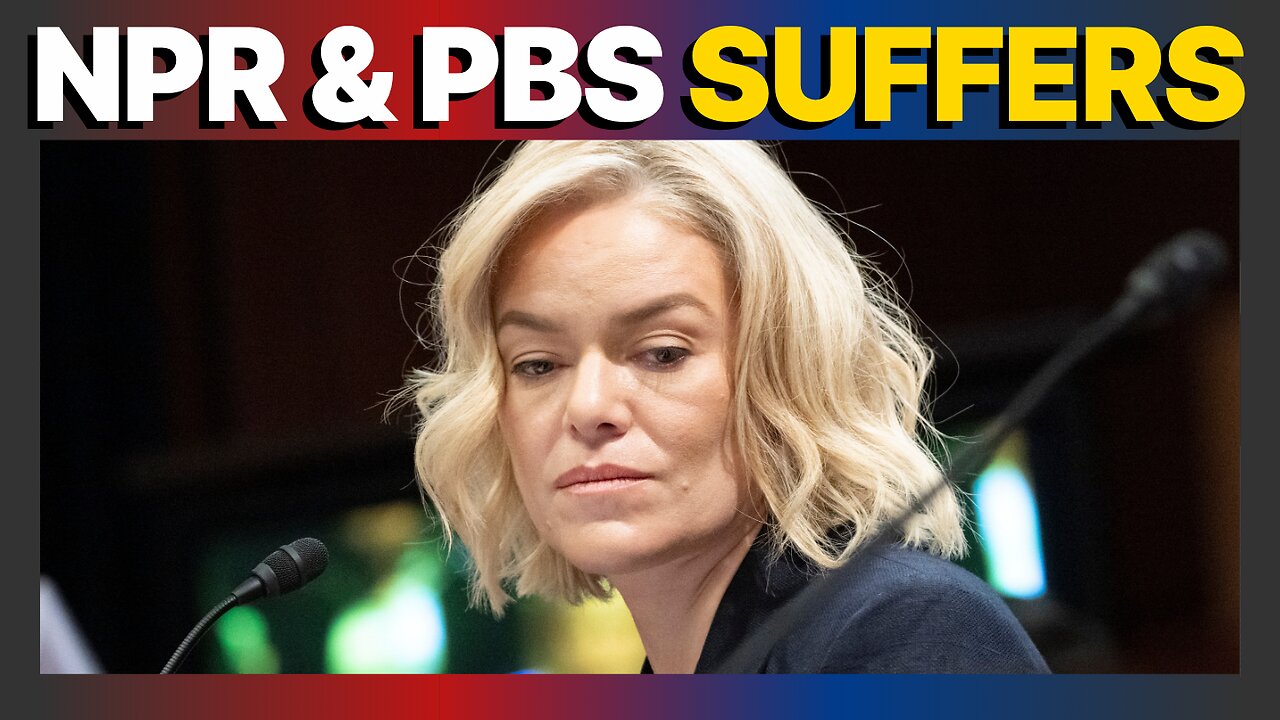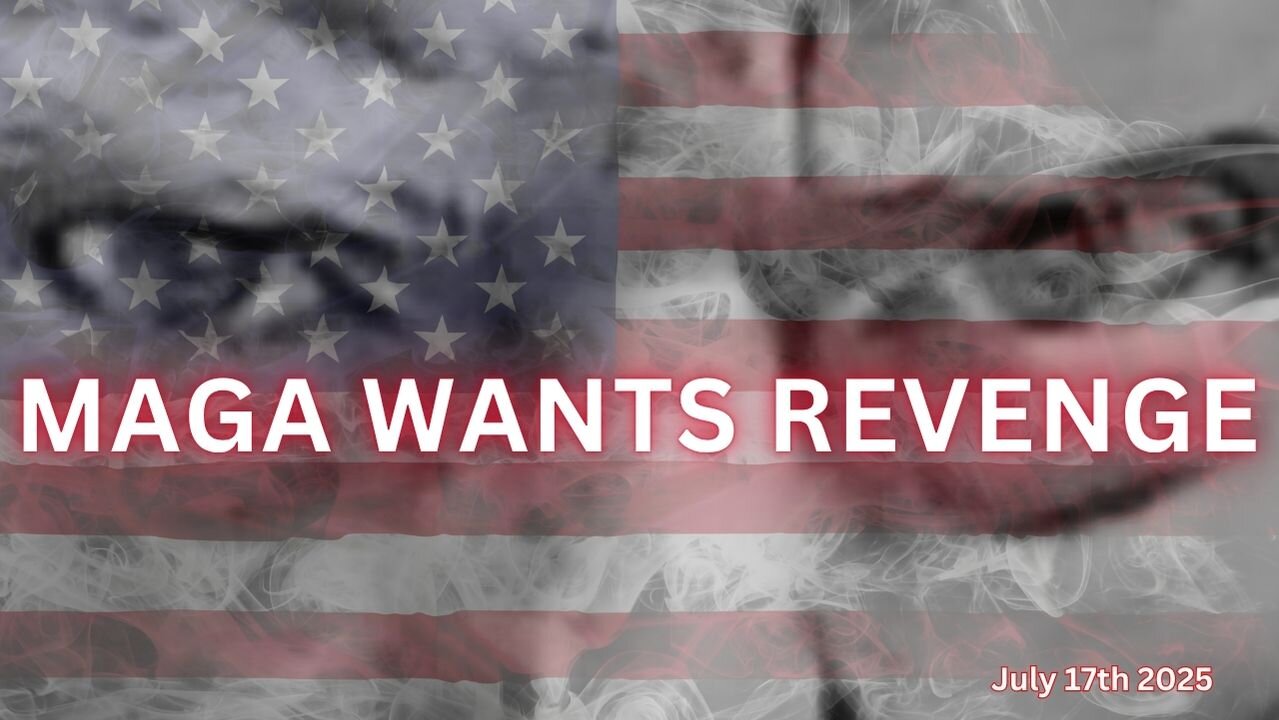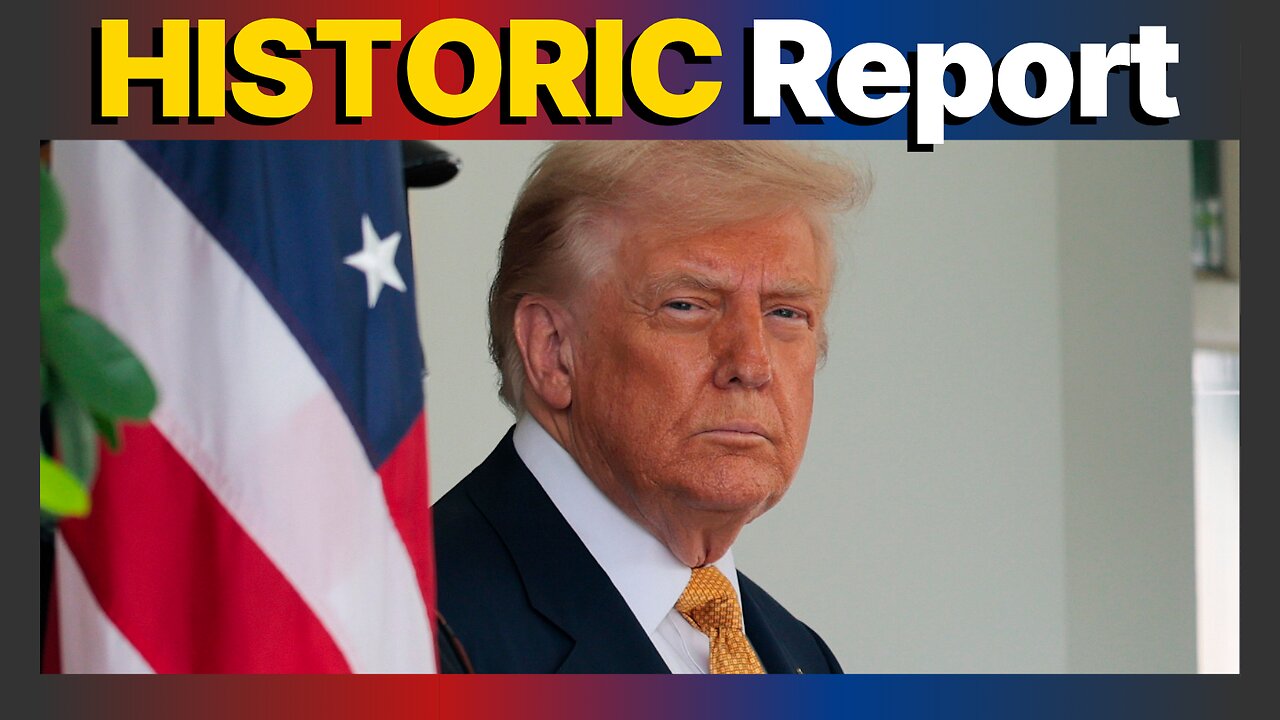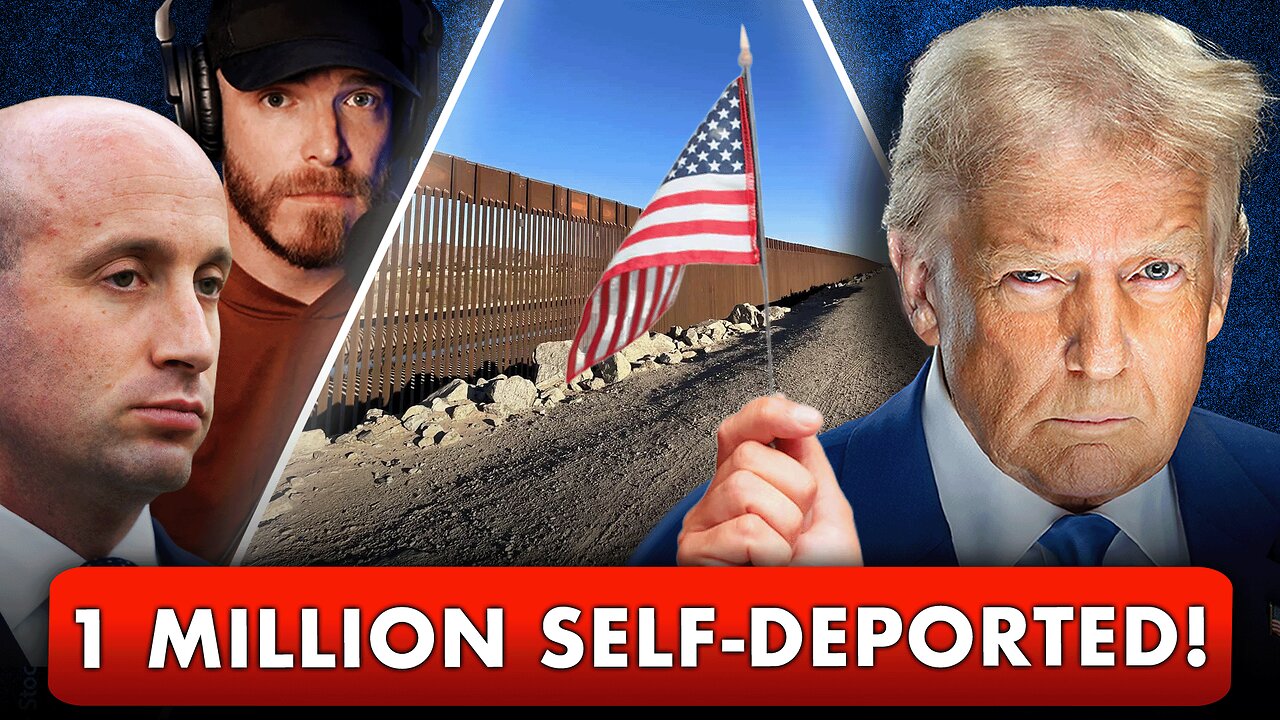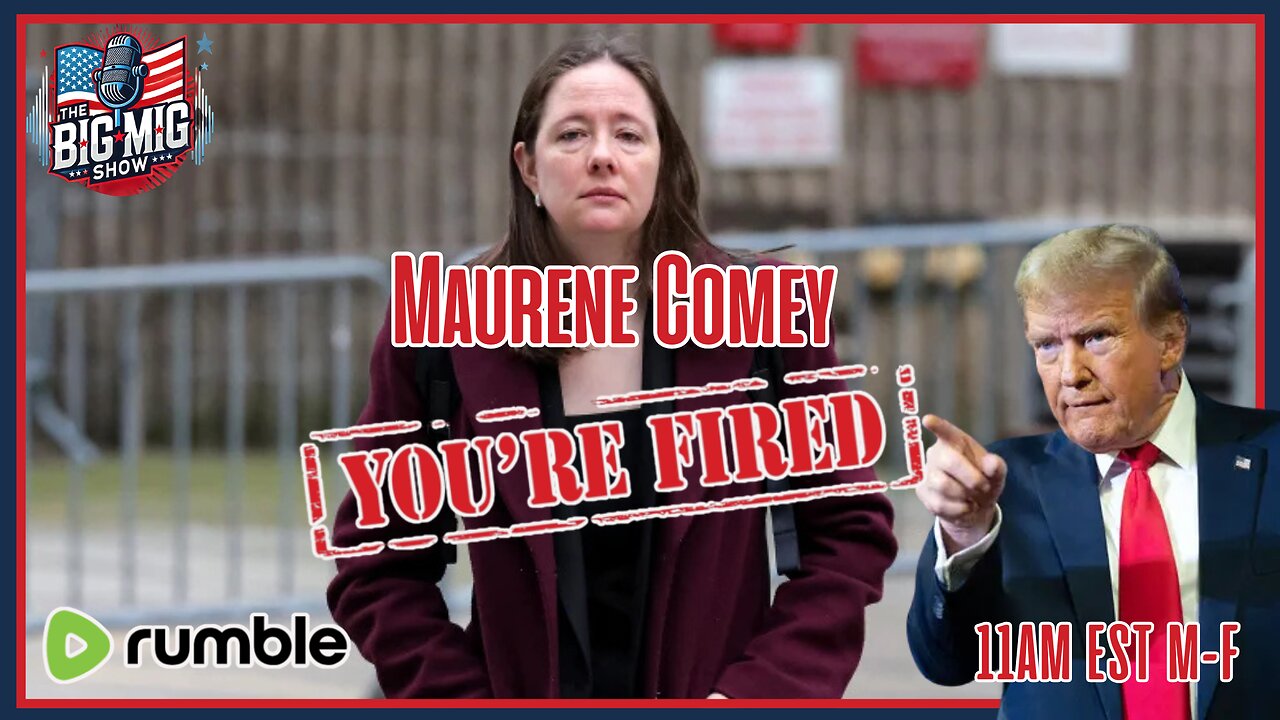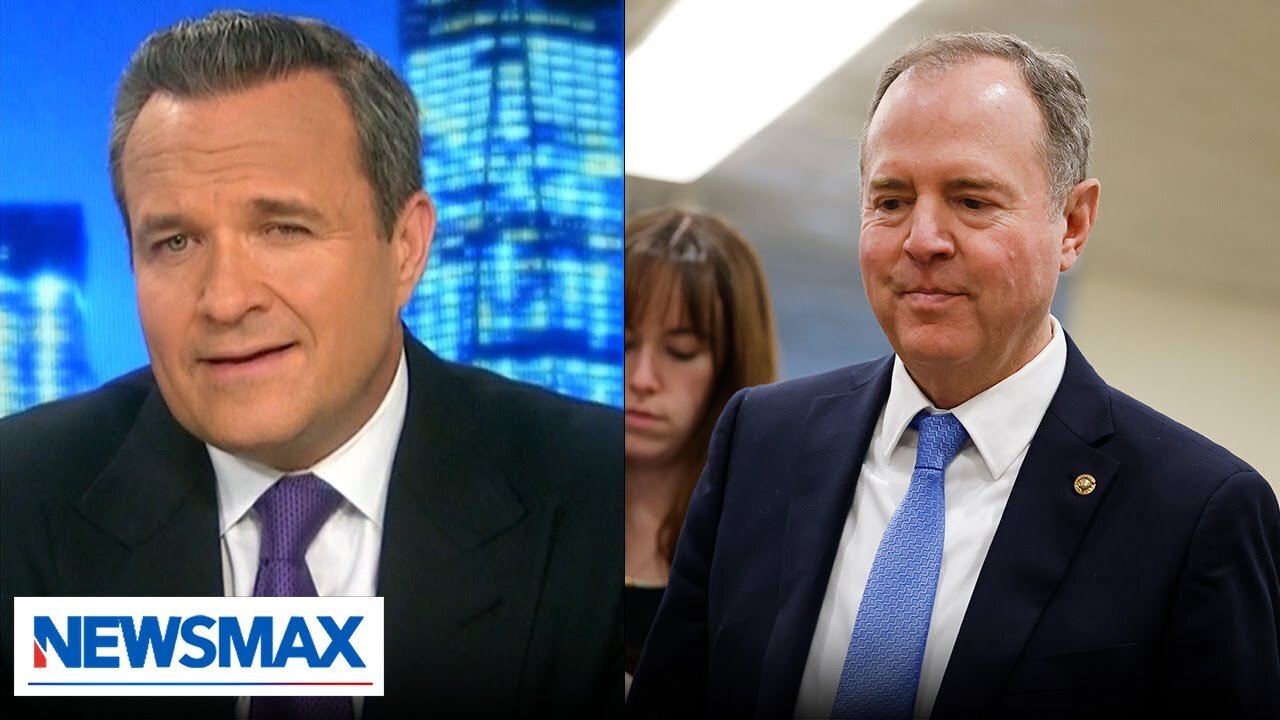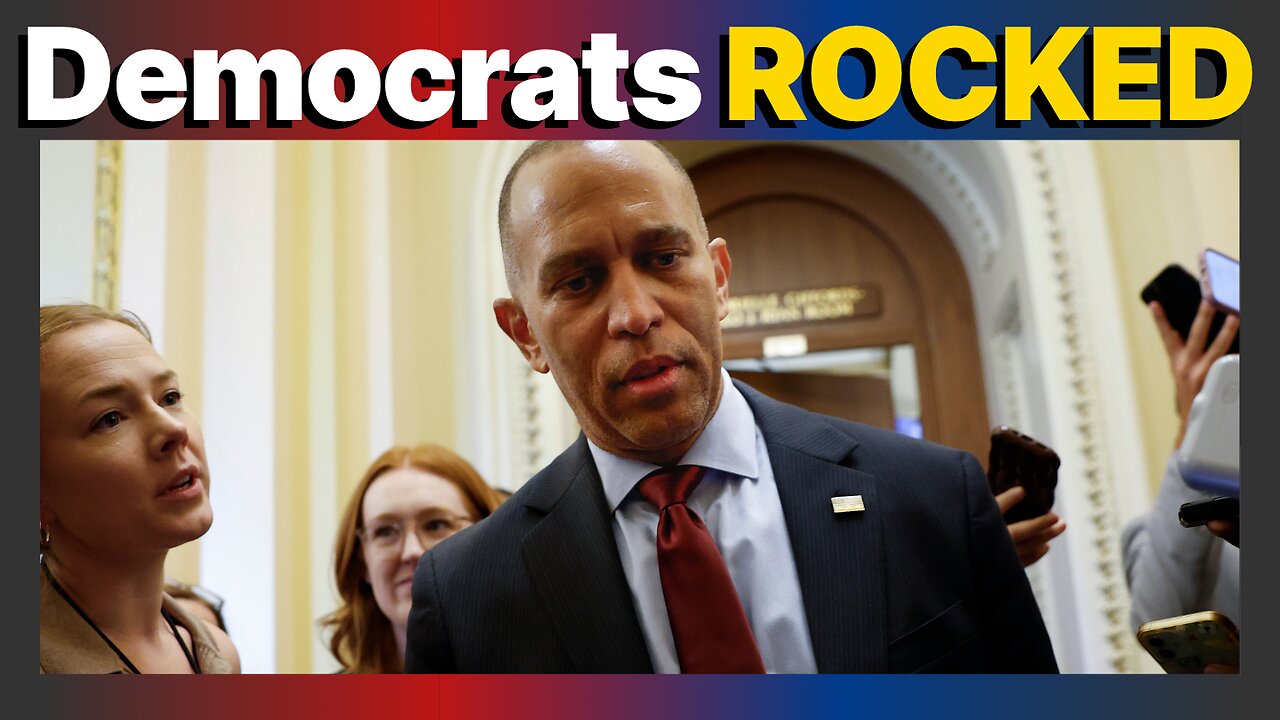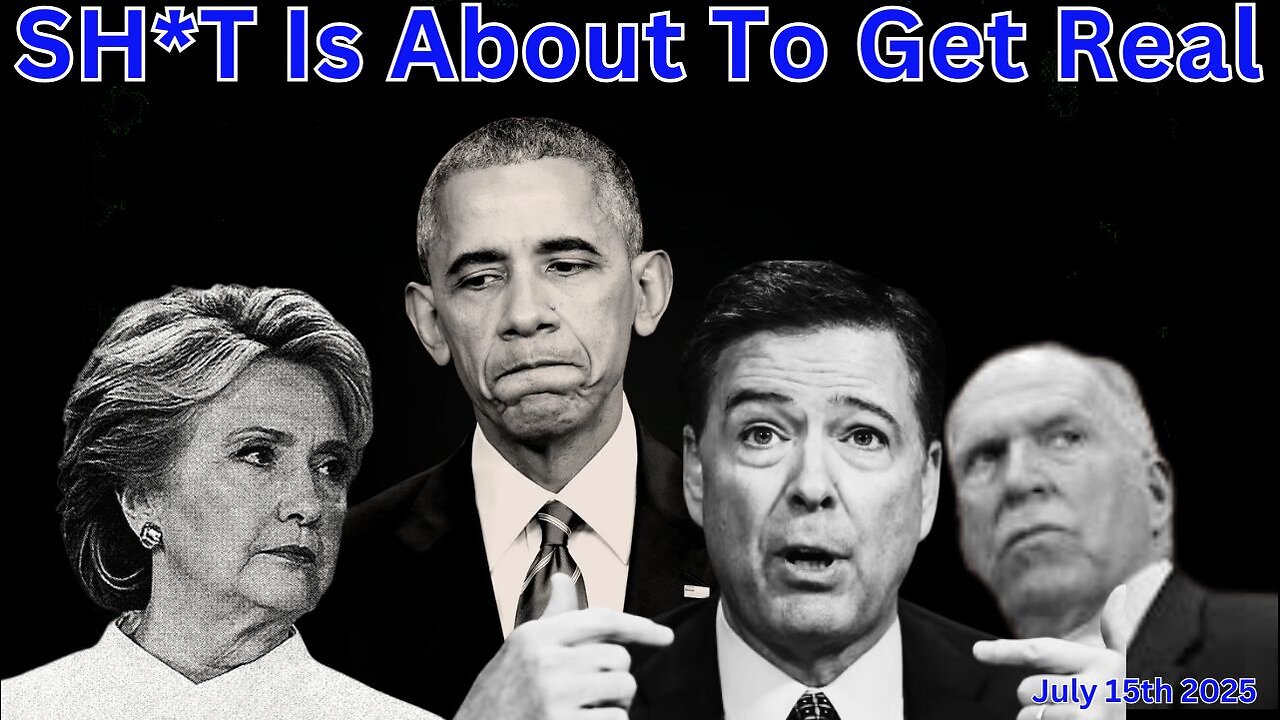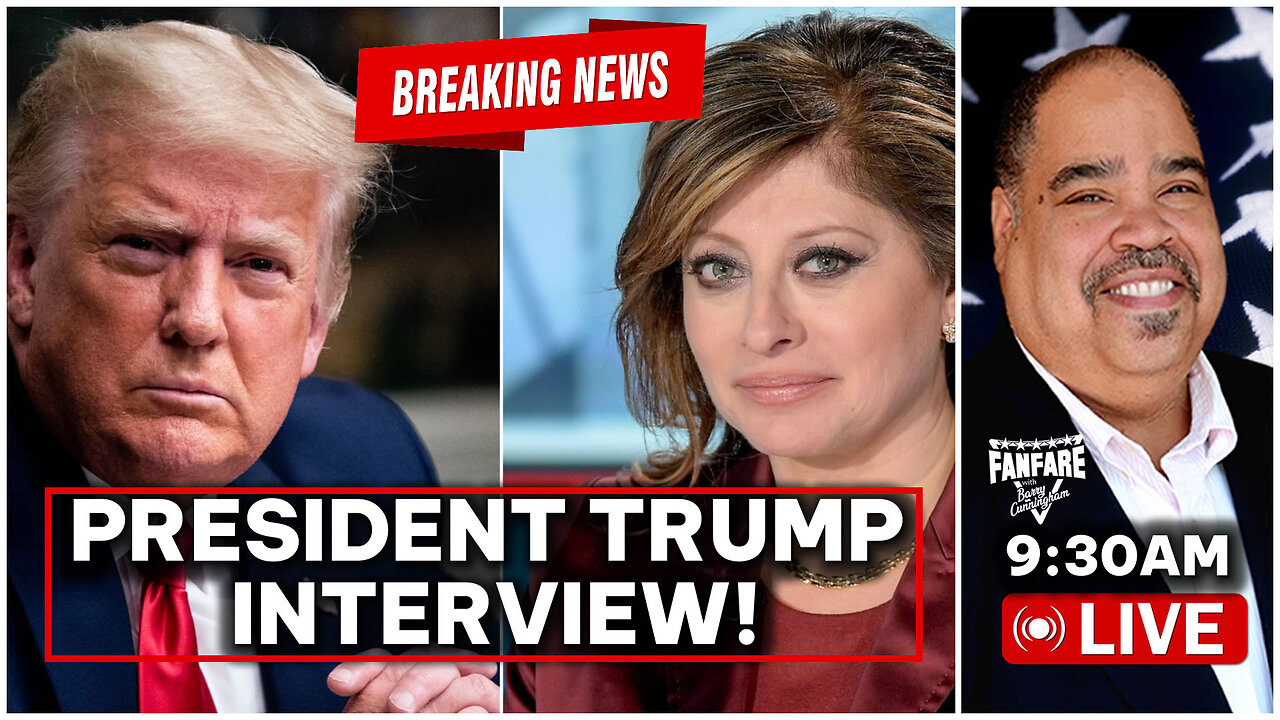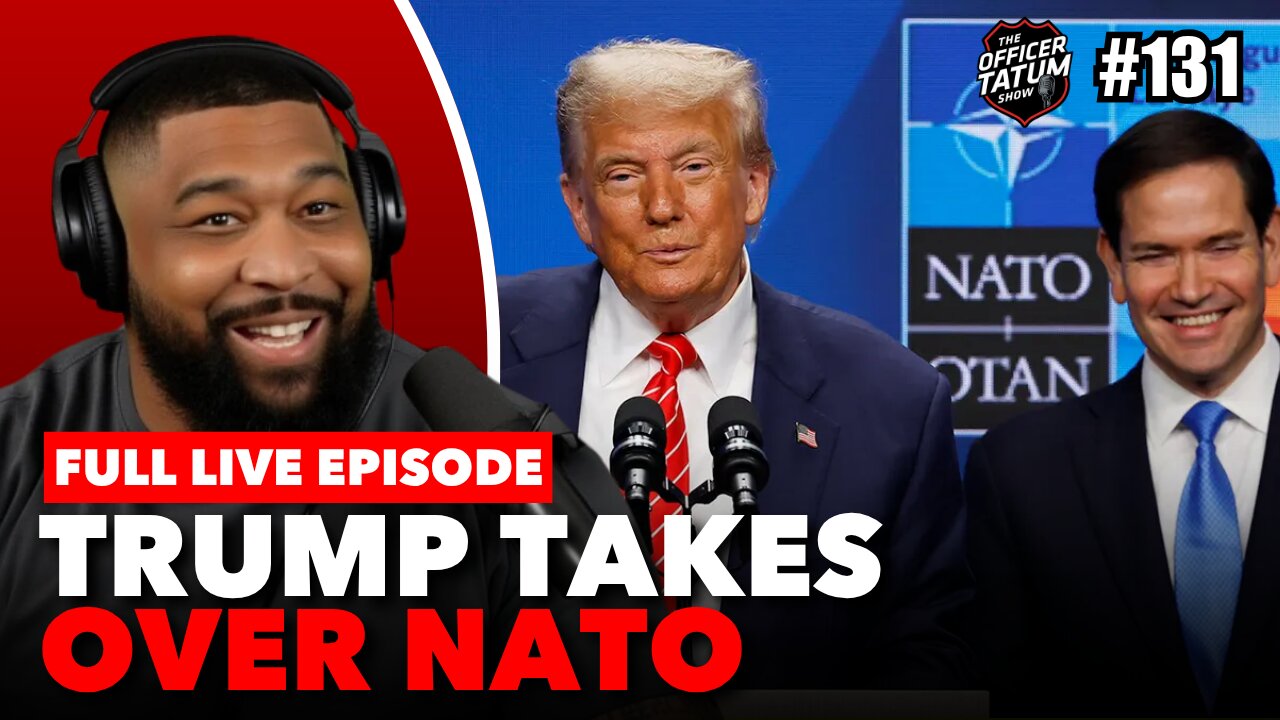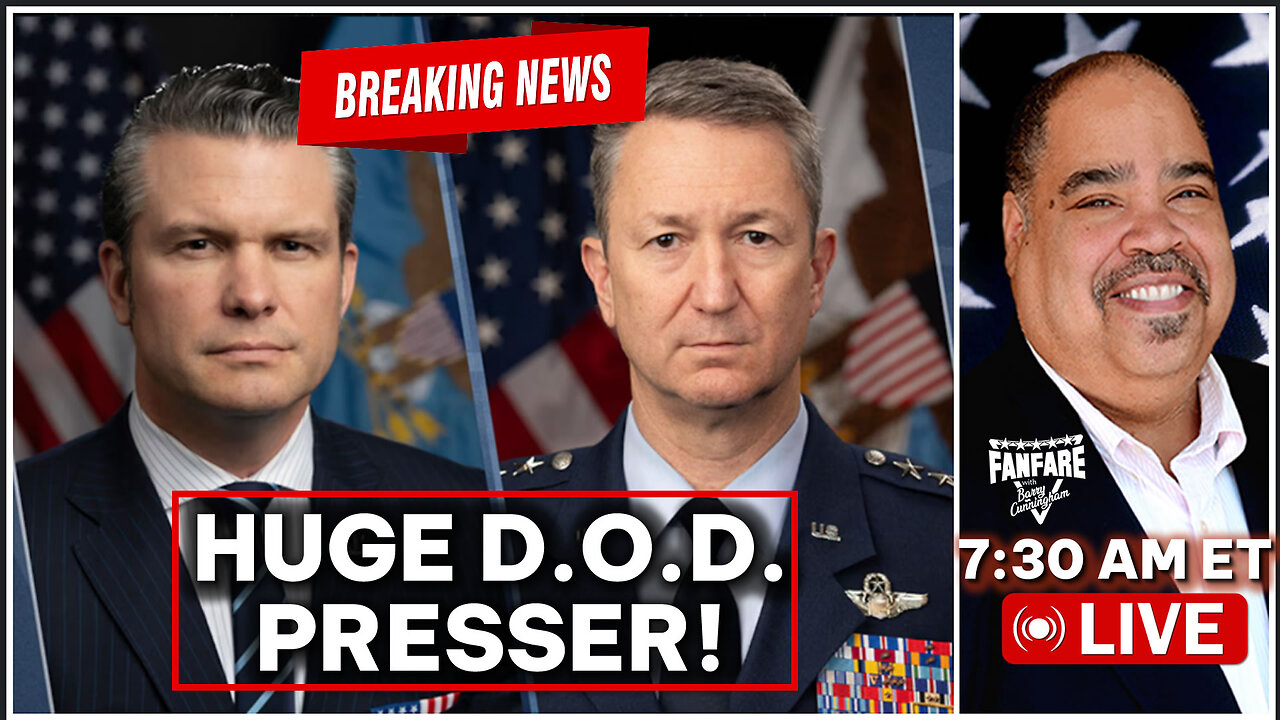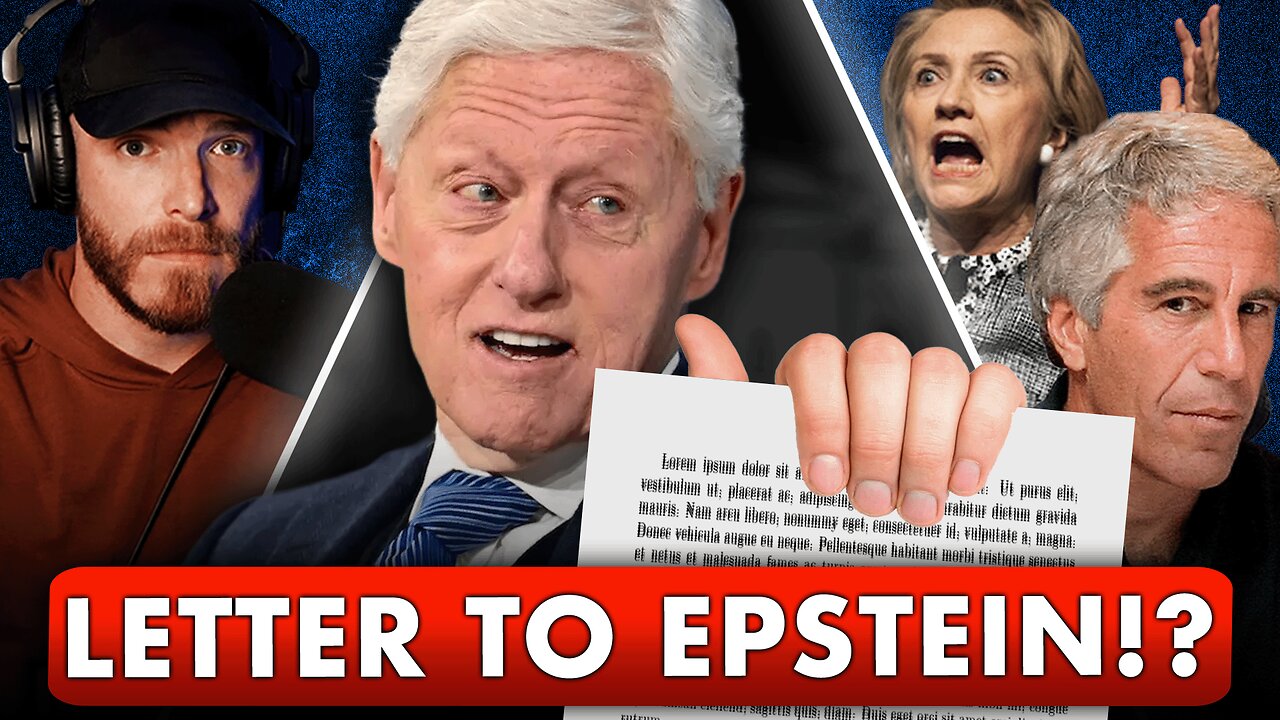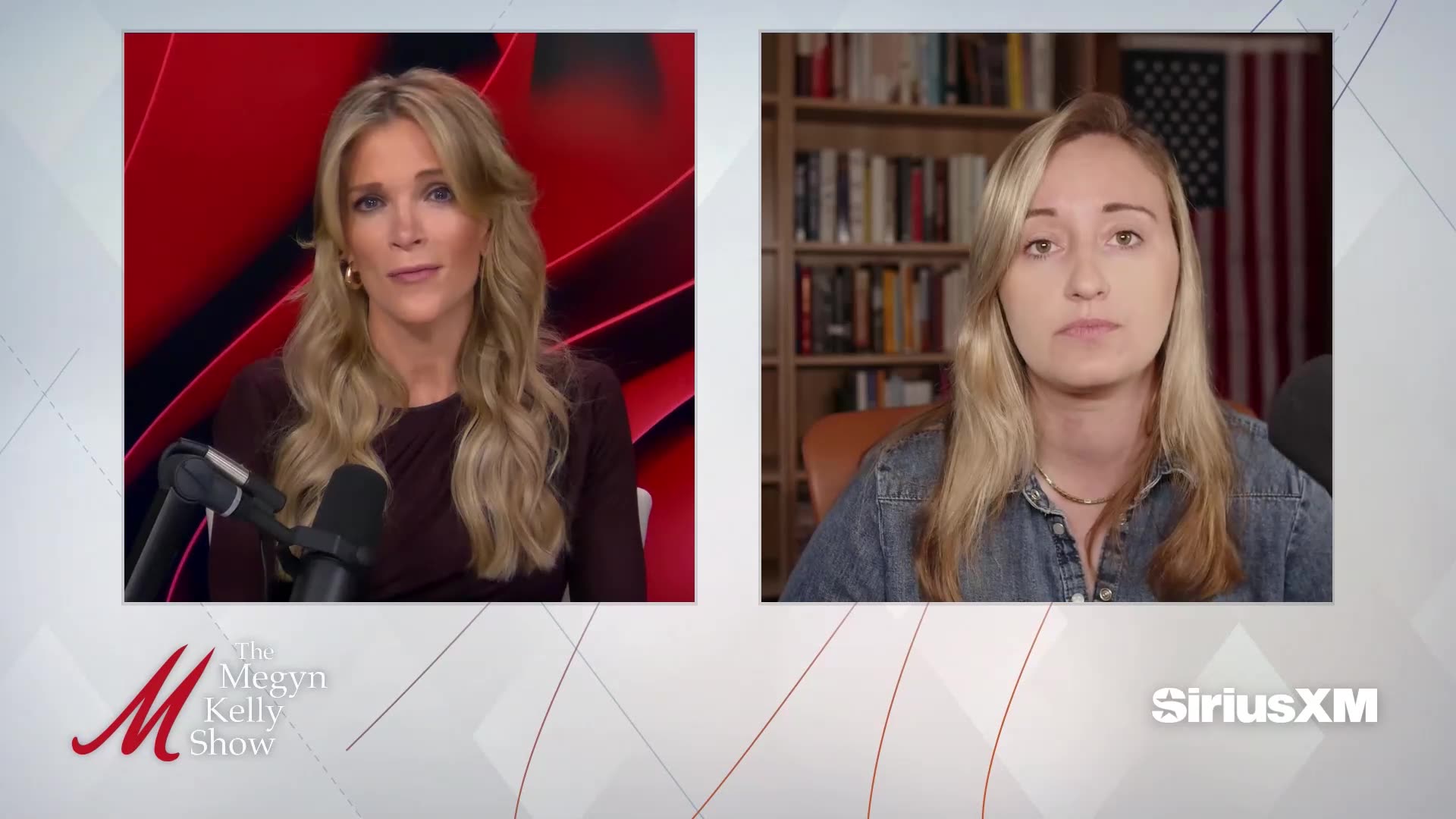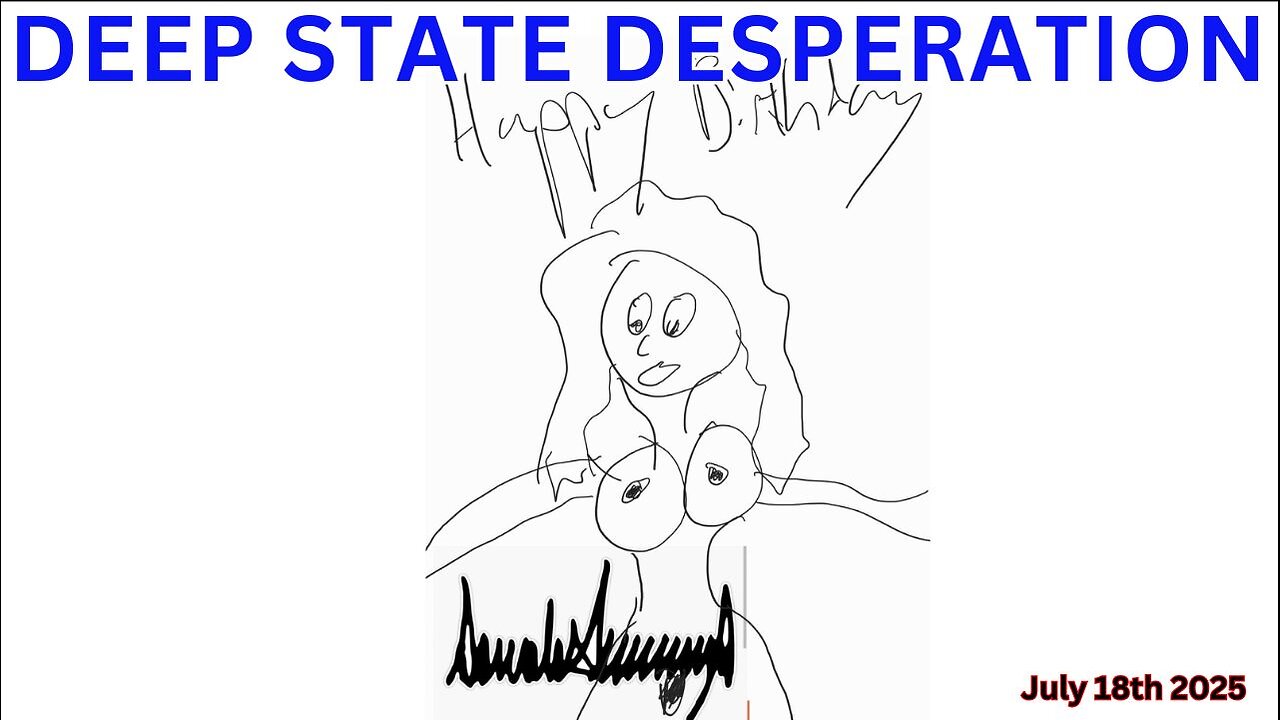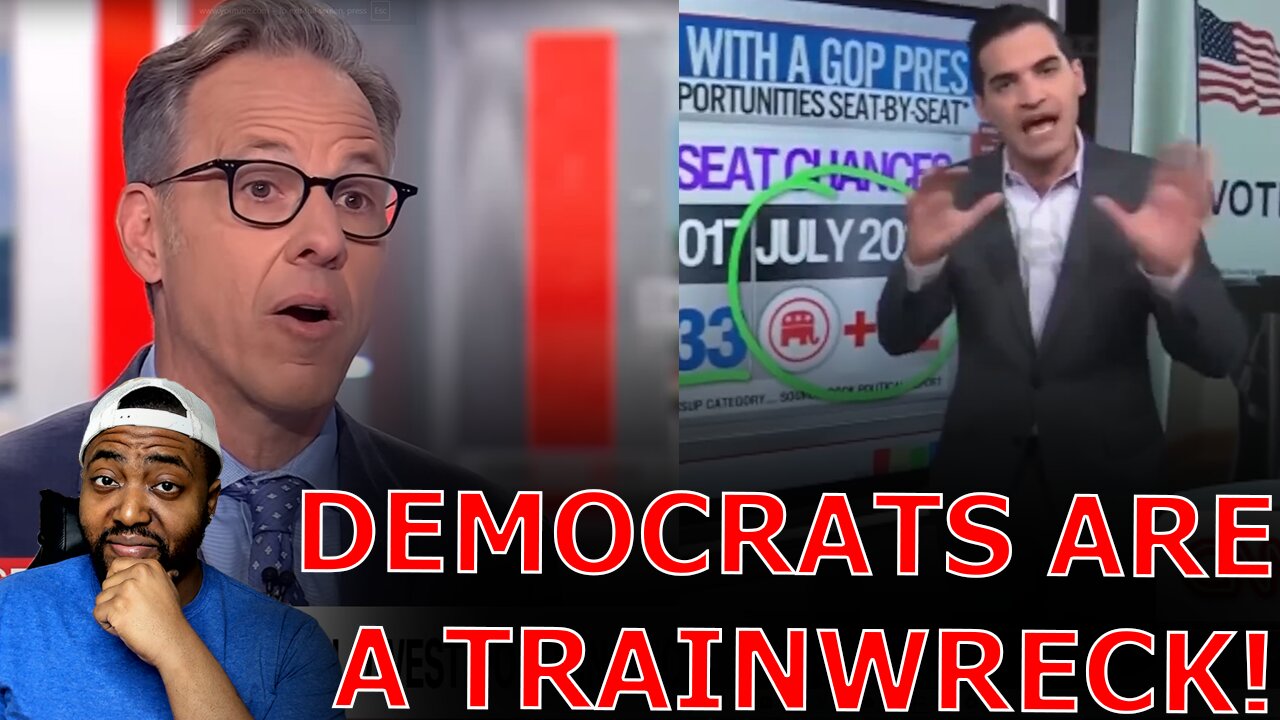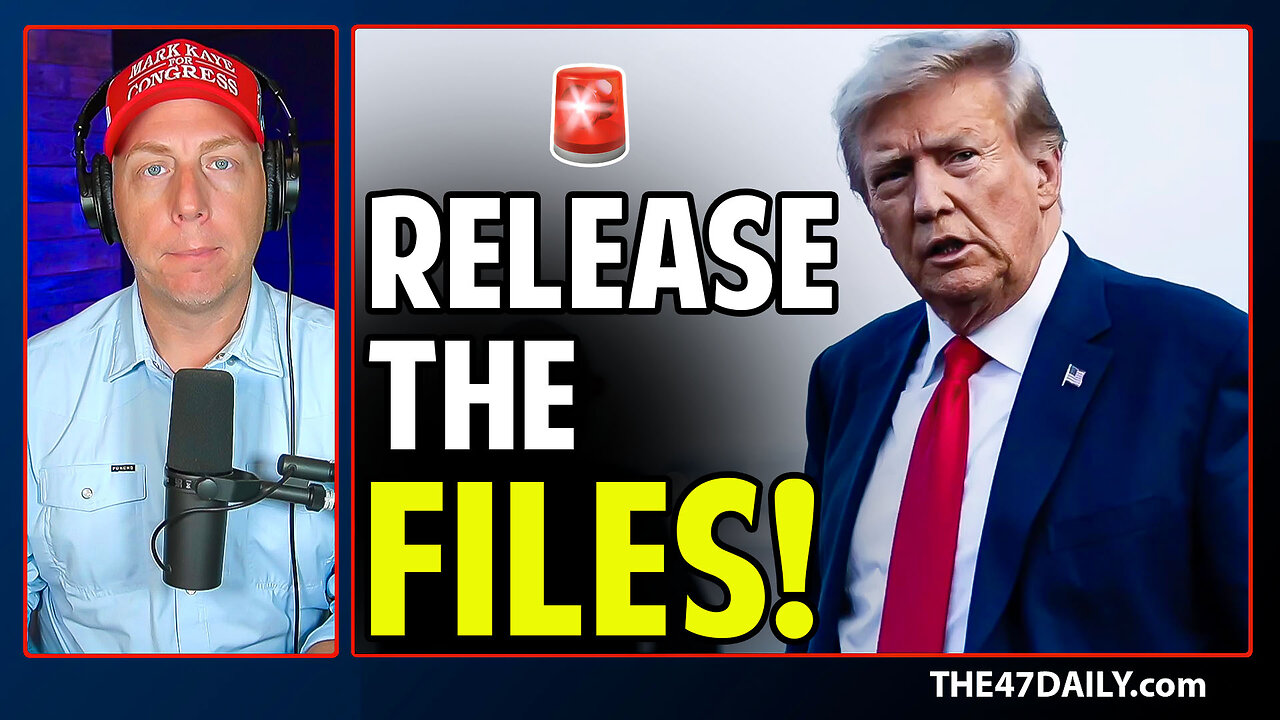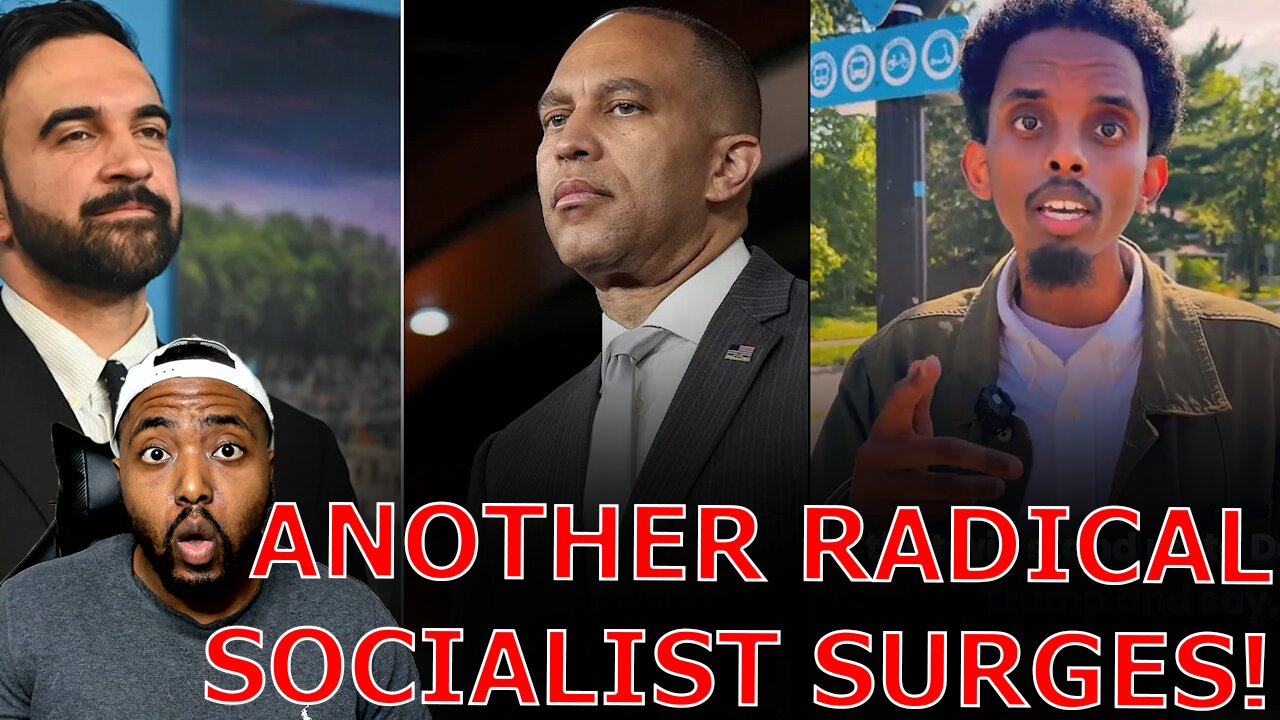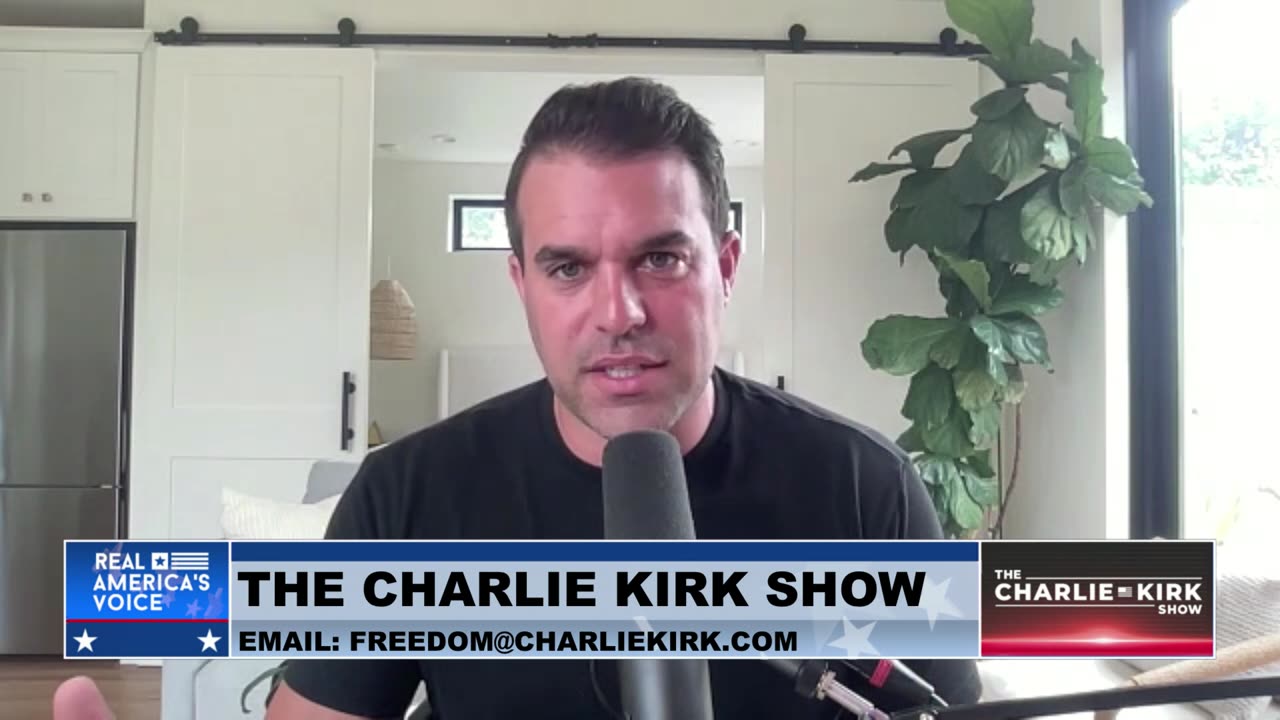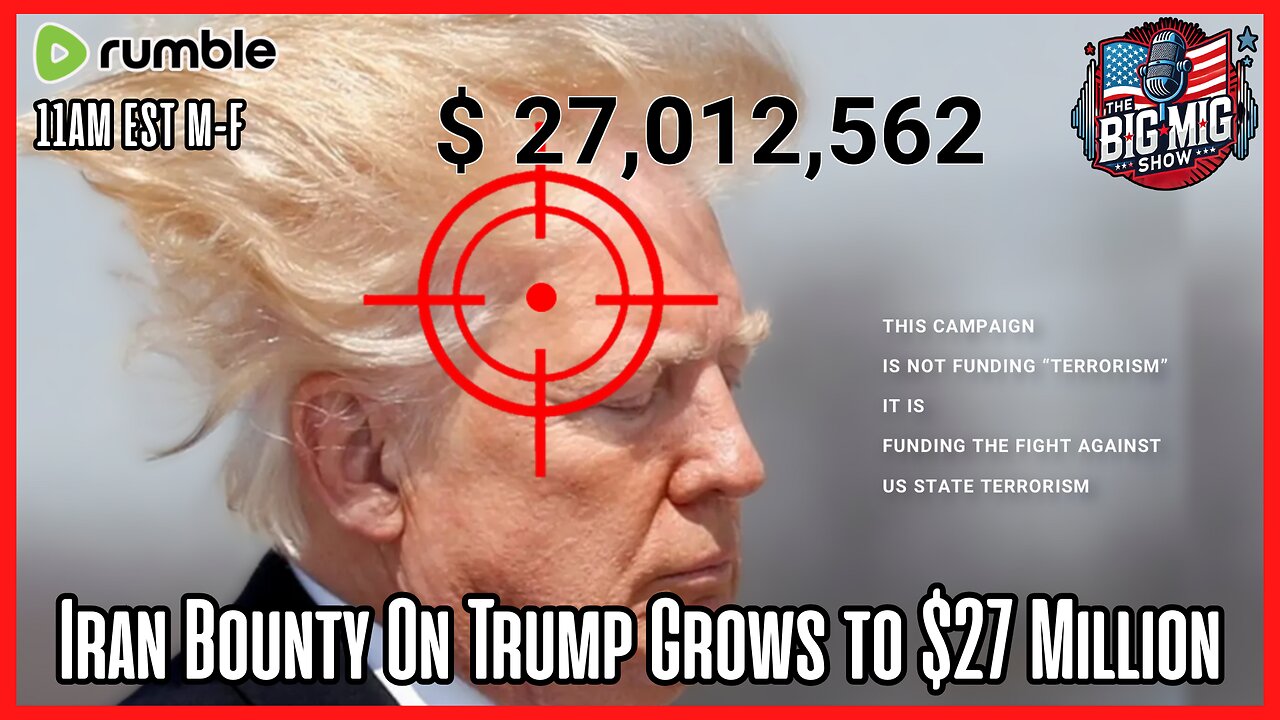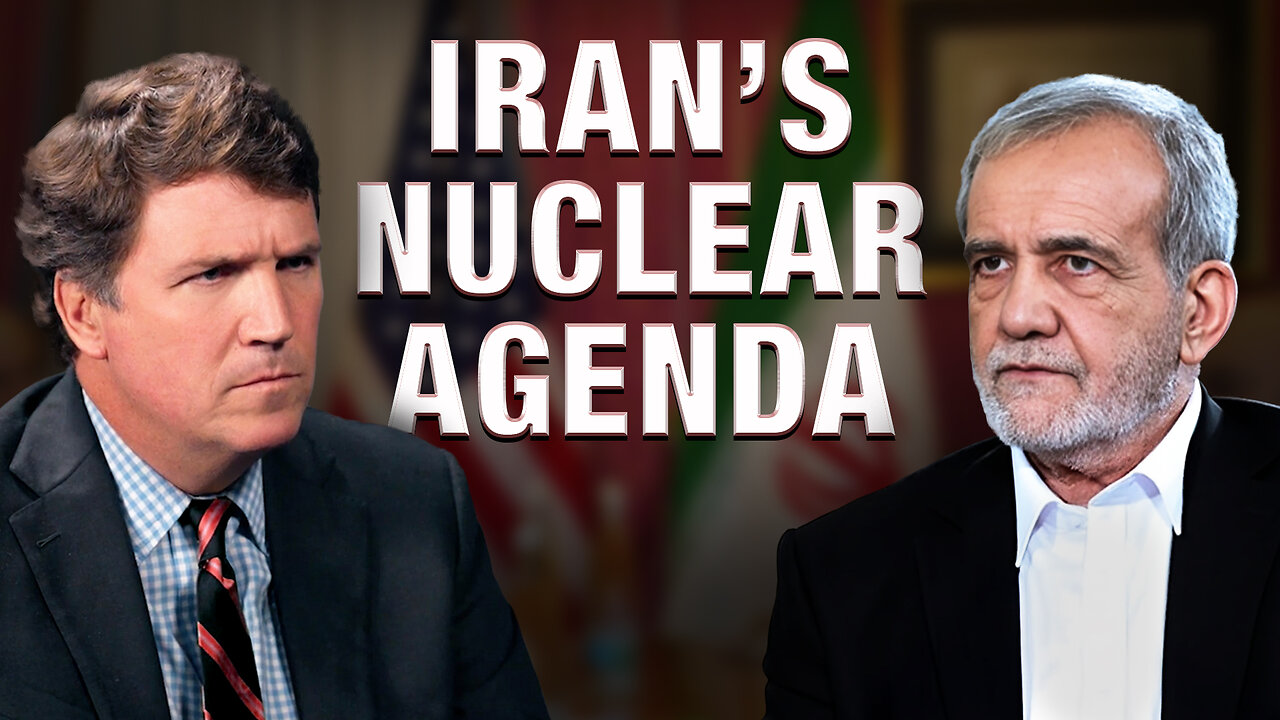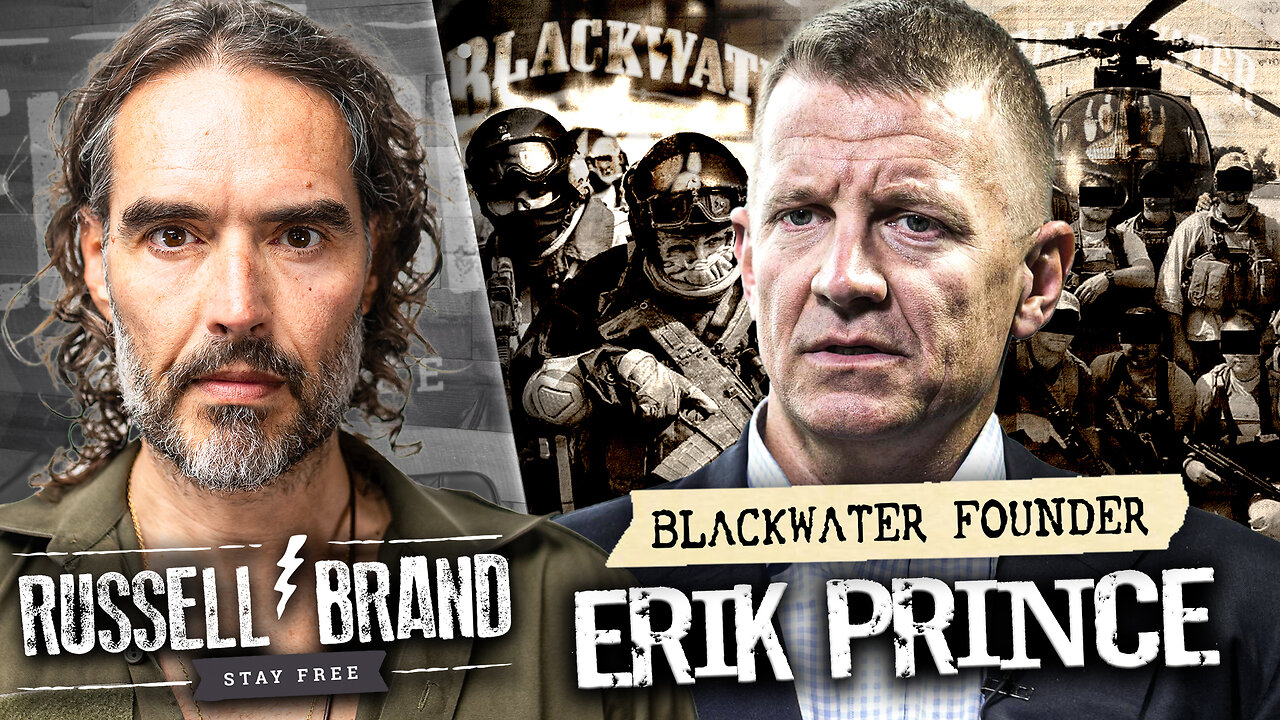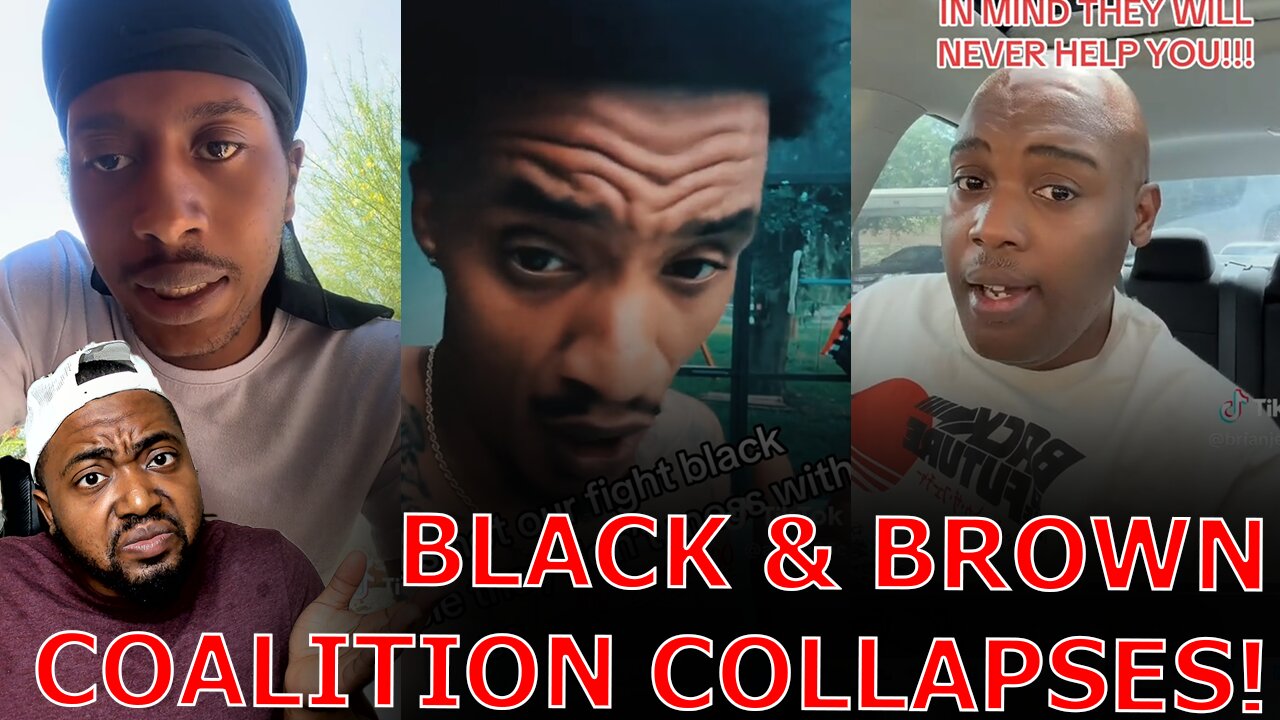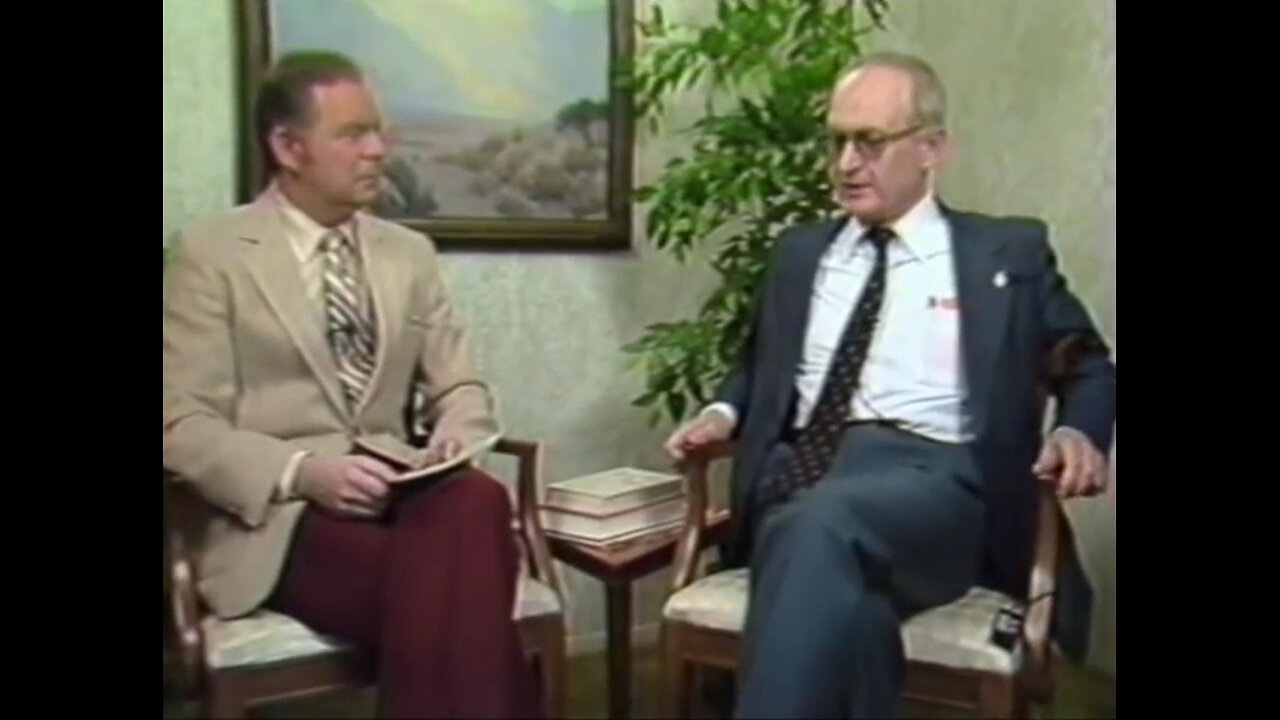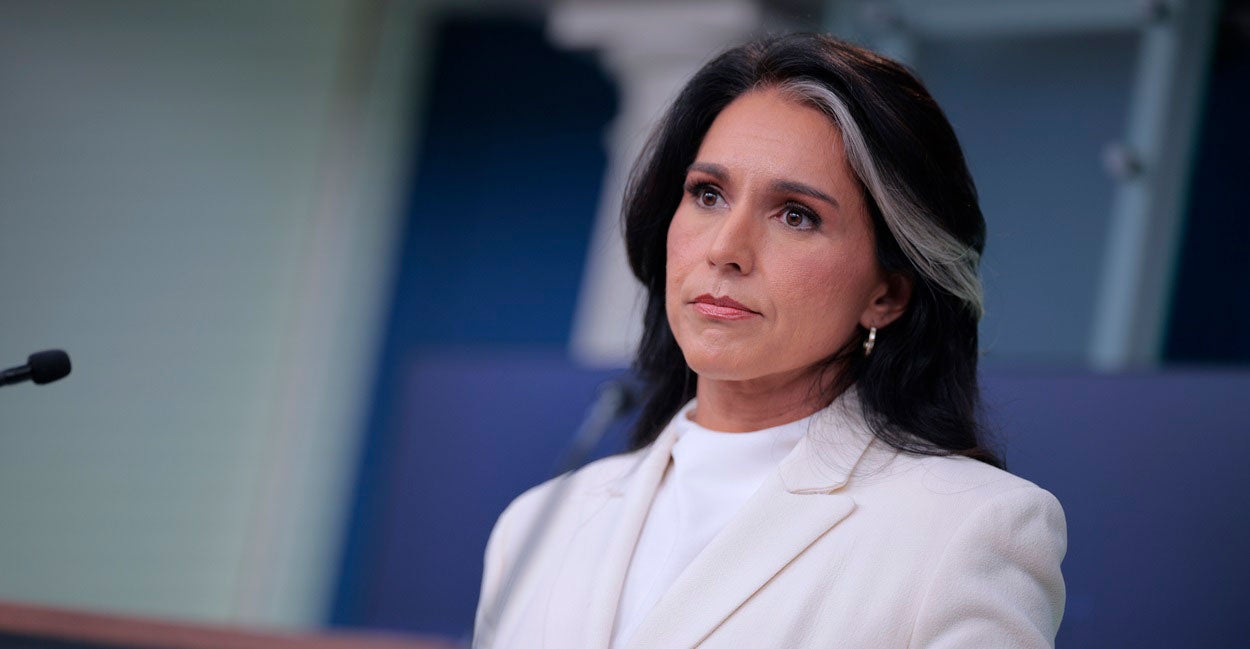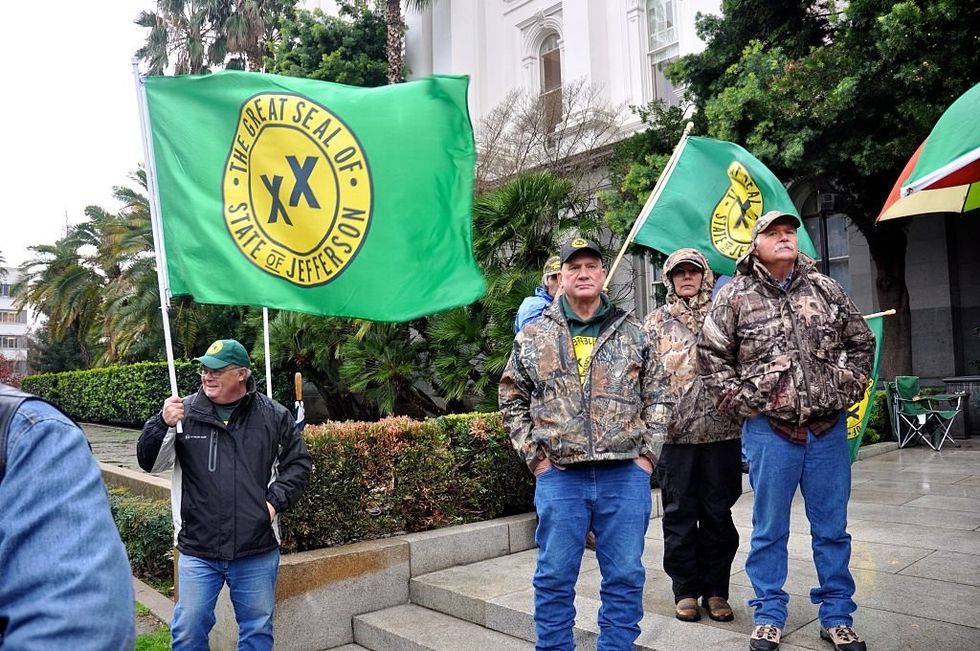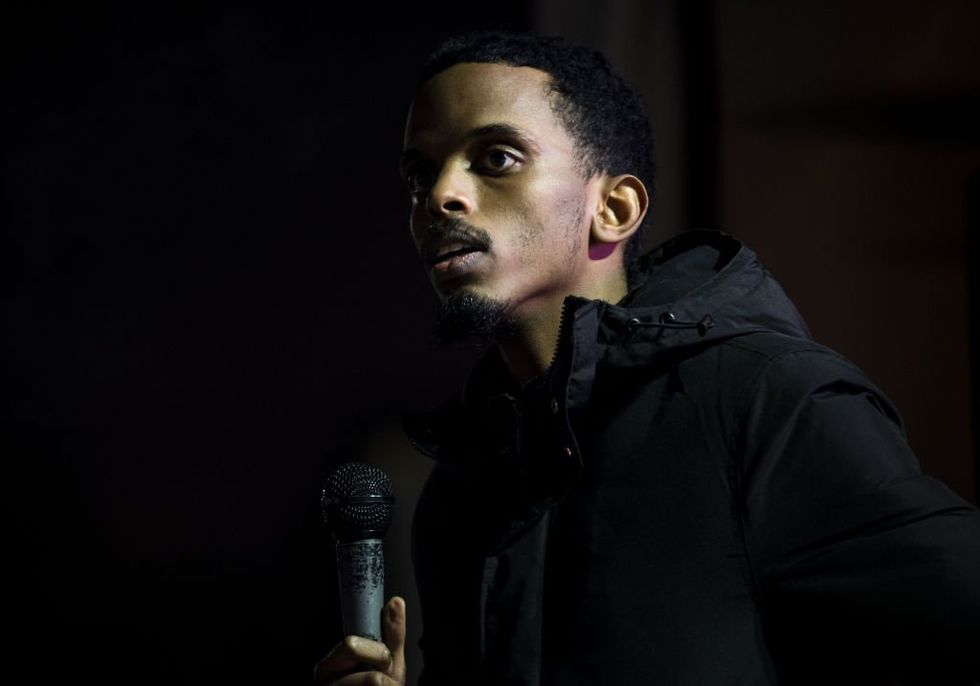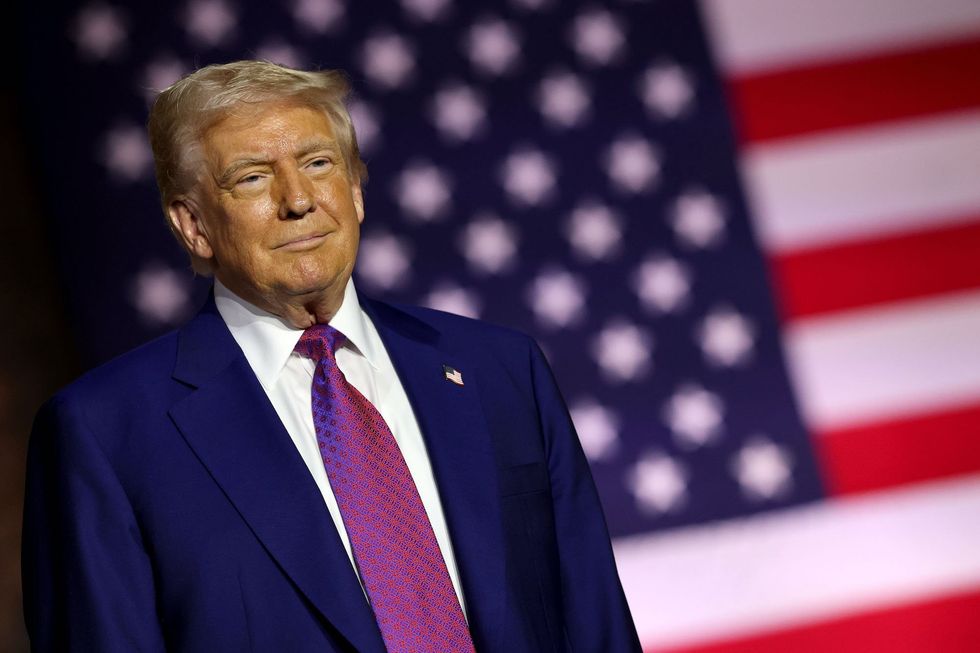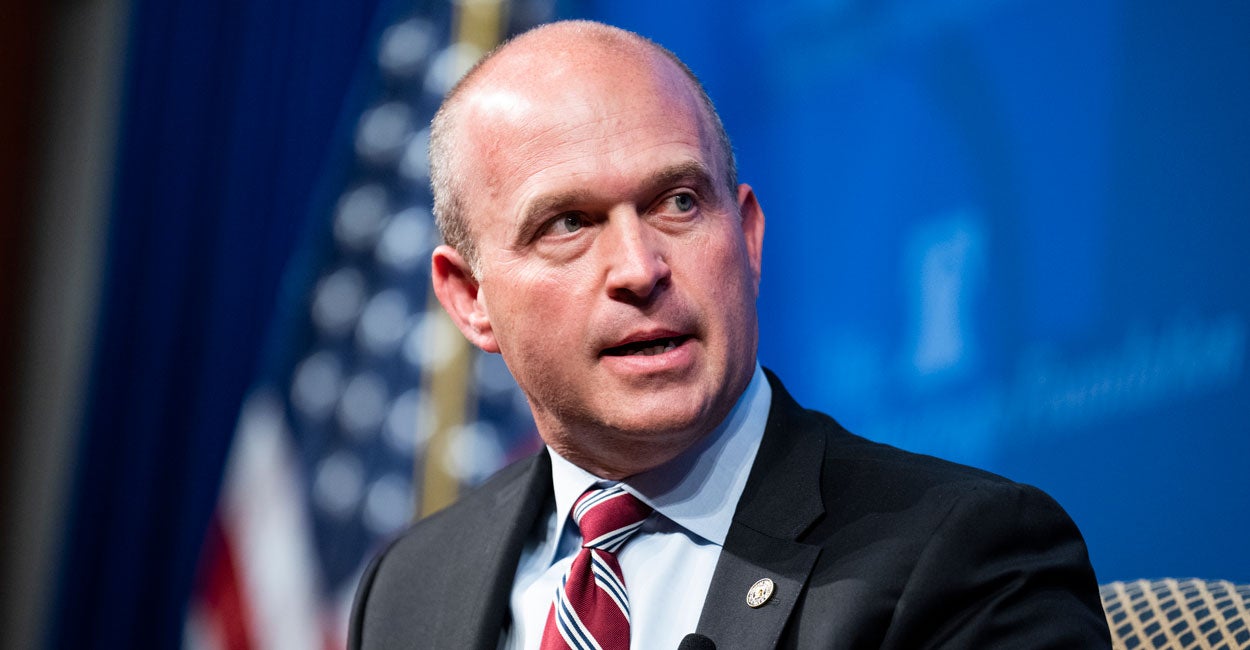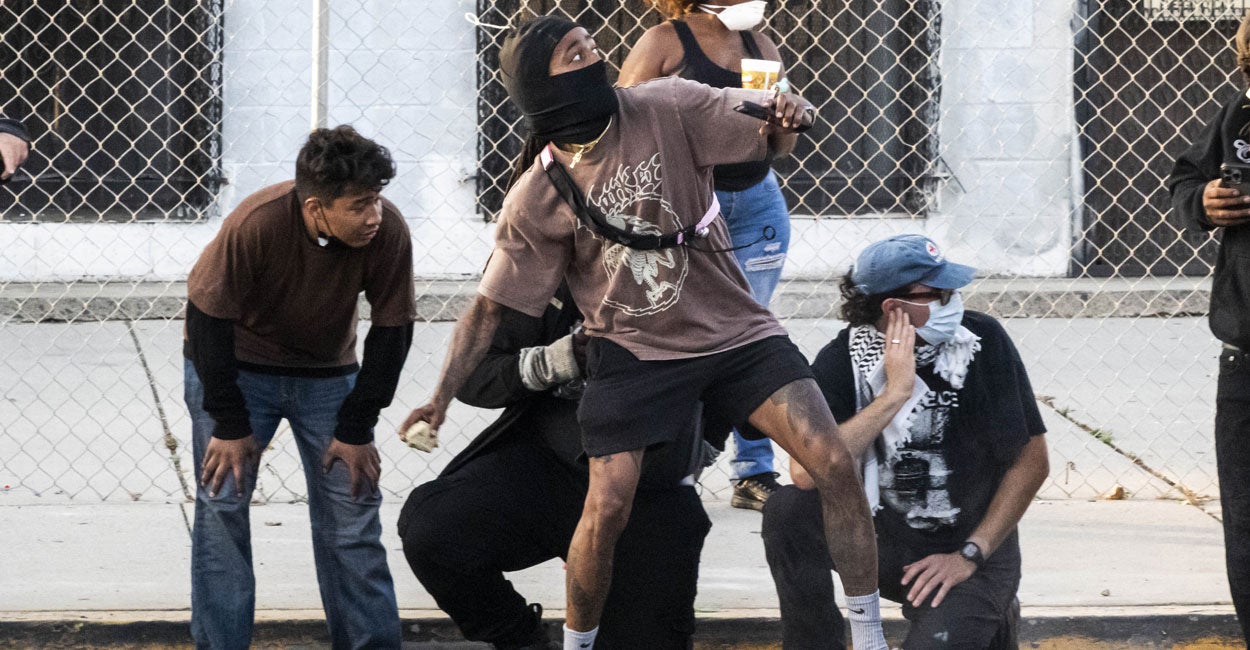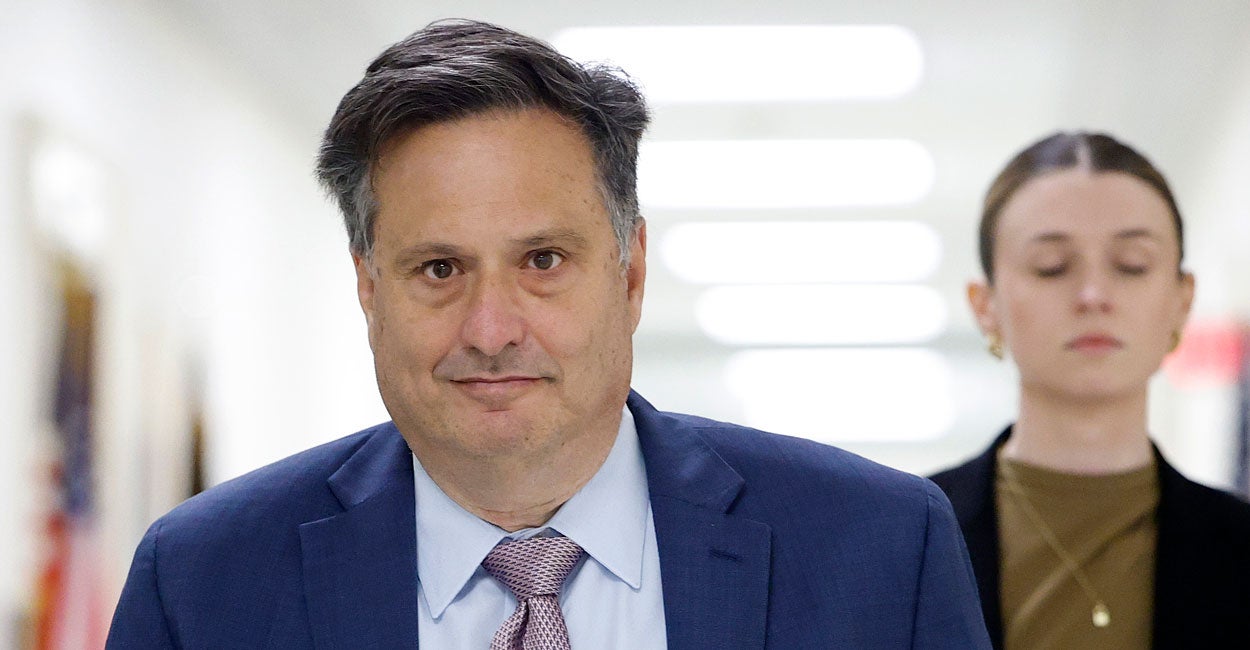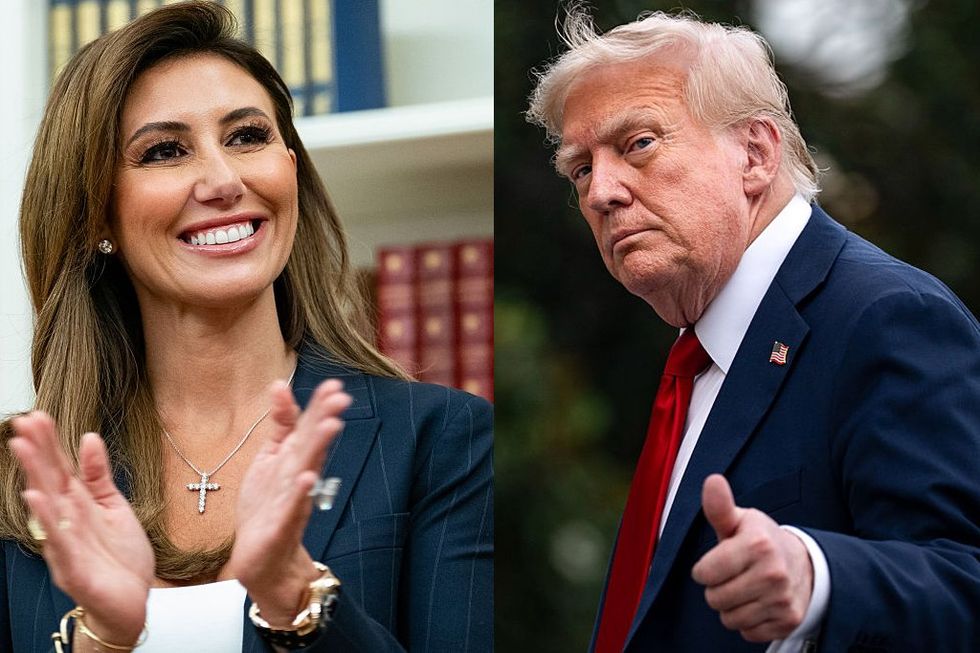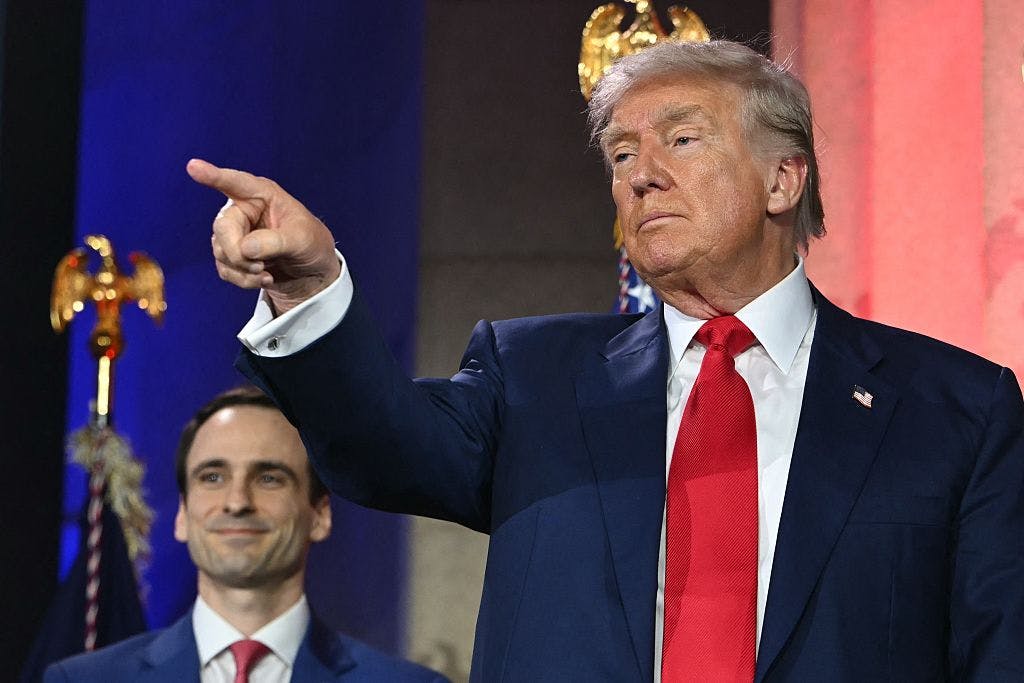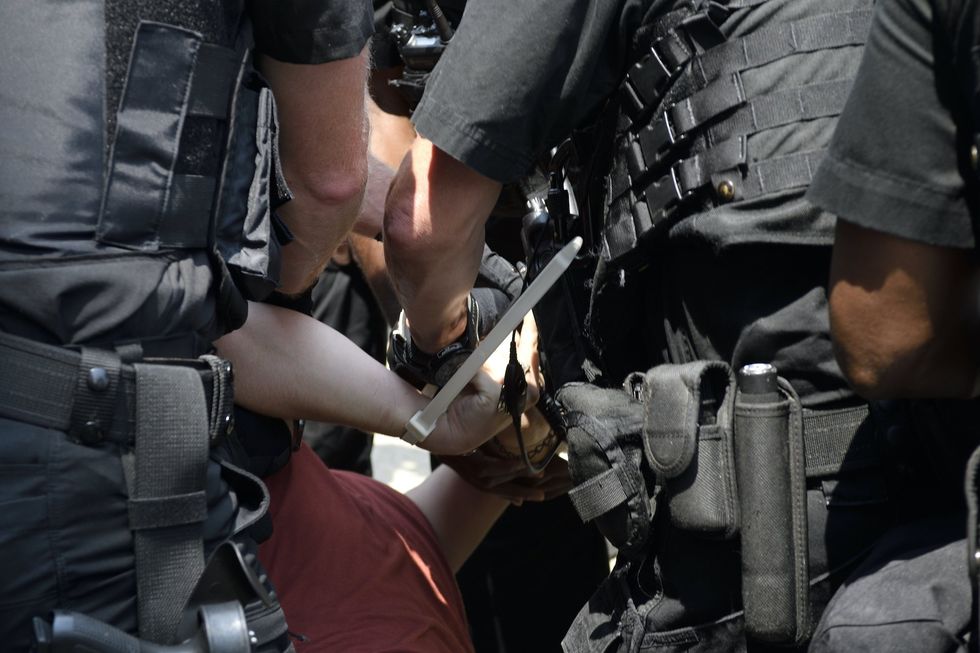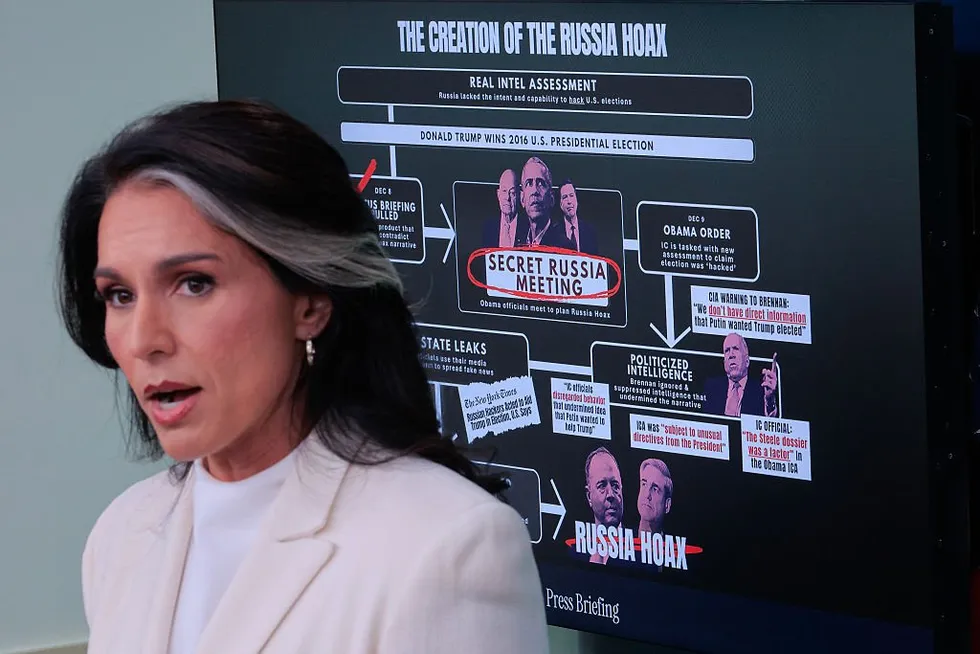What Does an Executive Action Add to the First Amendment?
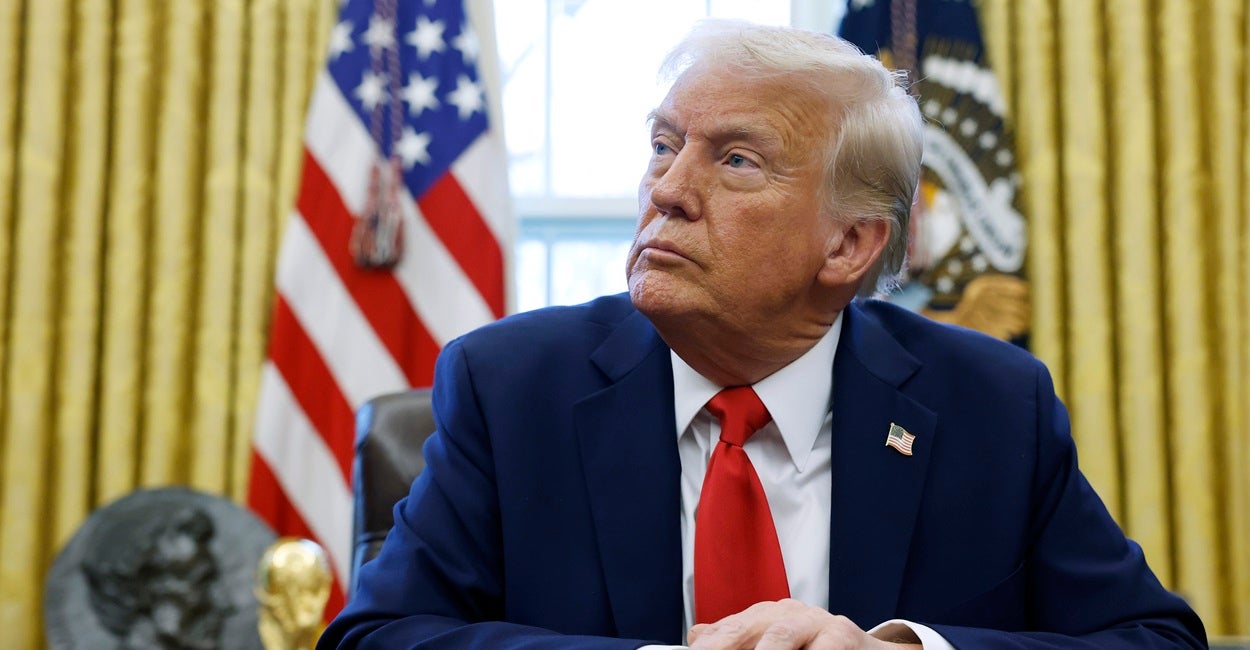
It’s hardly a sign of civic health when a president begins his term by instructing his subordinates to abide by the First Amendment’s guarantee of free speech. Yet within hours of his oath of office, President Donald Trump did just that.
In an executive action styled as “Restoring Freedom of Speech and Ending Federal Censorship,” Trump signaled his intent to right a wrong that the Supreme Court refused to address last June when it dismissed the case Murthy v. Missouri.
In the action, Trump charged his predecessor with “trampling free speech rights by censoring Americans’ speech on online platforms, often by exerting substantial coercive pressure on third parties, such as social media companies, to … suppress speech that the Federal Government did not approve.”
Skeptics might read that as a rhetorical bid to score a few final points at President Joe Biden’s expense. But Trump’s allegation has substance, and his executive action could produce effects that are more than rhetorical.
No executive order can make the constitutional freedom of expression any more fundamental. Yet the First Amendment’s promise amounts to little without a commitment to abide by and enforce freedom of speech—a commitment the court’s Murthy decision markedly weakened.
In the Murthy case, two states, three doctors, and several citizens brought evidence that various actors in the Biden administration coerced social media platforms into suppressing their views on everything from the COVID-19 pandemic to election fraud.
A district judge called the intrigues of the White House, the Centers for Disease Control and Prevention, the FBI, et al., “the most massive attack against free speech in United States’ history.” The appellate court found that officials paired “inflammatory accusations” against social media companies with “express threats” of regulatory crackdowns unless disfavored content was removed from the platforms.
Nevertheless, the Supreme Court excused itself from confronting the merits of the First Amendment challenge by concluding that none of the plaintiffs had standing to sue the government. Specifically, the court determined that while certain plaintiffs may have had their speech curtailed in the past, none had the plausible ongoing injury necessary for the courts to intervene.
That logic sat uneasily with Justice Samuel Alito, who, along with Justices Clarence Thomas and Neil Gorsuch, warned that the court was signing off on “an attractive model for future officials who want to control what the people say, hear, and think.”
Murthy indicates that the executive branch does not lack such officials.
Among the entities implicated there, the lesser-known Cybersecurity and Infrastructure Security Agency stands out. Though smaller and less well-funded than other would-be censors like the FBI, the federal cybersecurity agency became so overbearing in its censorship—even interfering with “core political speech by” Sen. Ted Cruz—that it triggered an investigation in the House Judiciary Committee.
The committee’s report details how the federal cybersecurity agency surreptitiously expanded its mandate from dealing with physical infrastructure to managing what one official euphemistically called our nation’s “cognitive infrastructure”—that is, the thoughts and opinions of its citizens. To manage that “infrastructure,” the Cybersecurity and Infrastructure Security Agency aspired “to define the narrative so the ‘whole of government’ approach could be leveraged” in service of the Biden administration’s preferred views.
Nor has the federal cybersecurity agency acted alone in this.
Rather, it outsourced some of its work to progressive university initiatives like Stanford’s Internet Observatory, which focused on sanitizing disfavored narratives surrounding the 2020 election.
The federal cybersecurity agency also worked in tandem with the Global Engagement Center, a now-shuttered entity once housed in the Department of State. The Global Engagement Center is perhaps best-known for undermining domestic discourse on COVID-19 by labeling news outlets like the Daily Wire and the Federalist sources of “disinformation”—a designation which rendered the affected parties subject to suppression on digital platforms.
The Global Engagement Center also issued grants to the British-based Global Disinformation Index, which then dutifully maligned regime critics at outlets like the New York Post.
Not content with merely privatizing censorship, our government even outsourced the workload to foreign government entities. Notably, funding for Ukraine included grants to the Center for Countering Disinformation, a propaganda arm of the Volodymyr Zelensky government that pointed an accusing finger at Americans who dared think that the U.S. defense commitment to a (non-allied) foreign nation should be something short of absolute.
Sure, the Disinformation Governance Board may have been mocked out of existence, but the prevalence of the Cybersecurity and Infrastructure Security Agency, the Global Engagement Center, and the myriad of related private and foreign groups indicates that the board would have been redundant.
No one should be naïve about the quality of “expression” dominant on social media. Some is intentionally misleading; much is inadvertently stupid. Since these platforms became the modern public square, they have only accelerated our descent from a literate society into a semi-primitive one that communicates via images and dance routines.
Nor should any sober-minded person mistake social media companies for principled defenders of free speech. These are businesses that profit by commodifying the human attention span. They are globe-striding enterprises that often lack any firm allegiance to their own country. (TikTok is, in this regard, a notable but hardly praiseworthy exception).
And despite the cloying petitions of their lawyers, their occasional support for free speech arises less from a commitment to open discussion than from a desire to shield their business model from any form of regulation. Just ask the states of Texas and Florida.
And yet, Americans have a (possibly regrettable but) undeniable interest in the informational ecosystem that major social media companies furnish.
The last four years have shown that surreptitious interventions by the executive branch don’t just distort the national discourse—they undermine necessary public faith in the federal government. The government does not trust its citizens, and the citizens, in turn, learn not to trust their government.
An executive order goes only so far in repairing trust. It does, however, signal to Americans a general reprieve from the shadow government of officious PhDs, whose putative disciplines (e.g., “Human Centered Design & Engineering”) were scarcely known the day before yesterday.
It is too much to hope that one executive exhortation will change the constitutional awareness of the executive branch’s innumerable unelected actors. But all such efforts at change must begin somewhere.
The post What Does an Executive Action Add to the First Amendment? appeared first on The Daily Signal.
Originally Published at Daily Wire, Daily Signal, or The Blaze
What's Your Reaction?
 Like
0
Like
0
 Dislike
0
Dislike
0
 Love
0
Love
0
 Funny
0
Funny
0
 Angry
0
Angry
0
 Sad
0
Sad
0
 Wow
0
Wow
0
